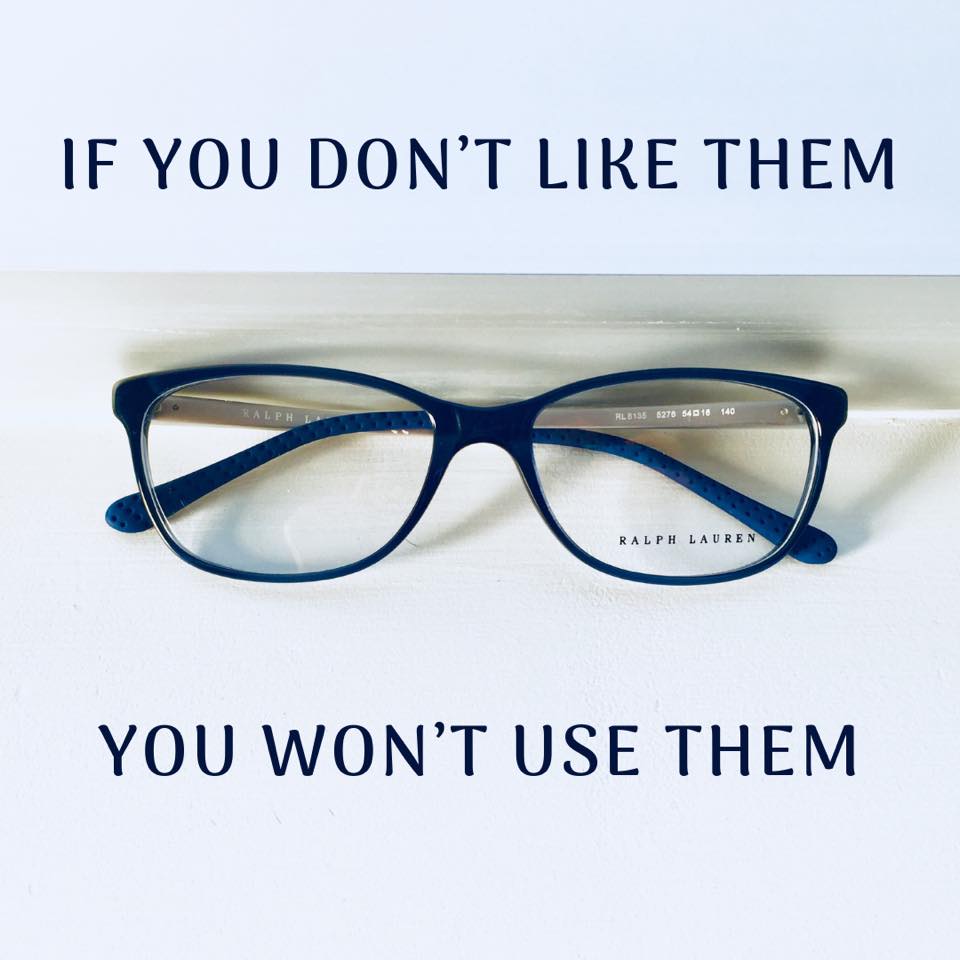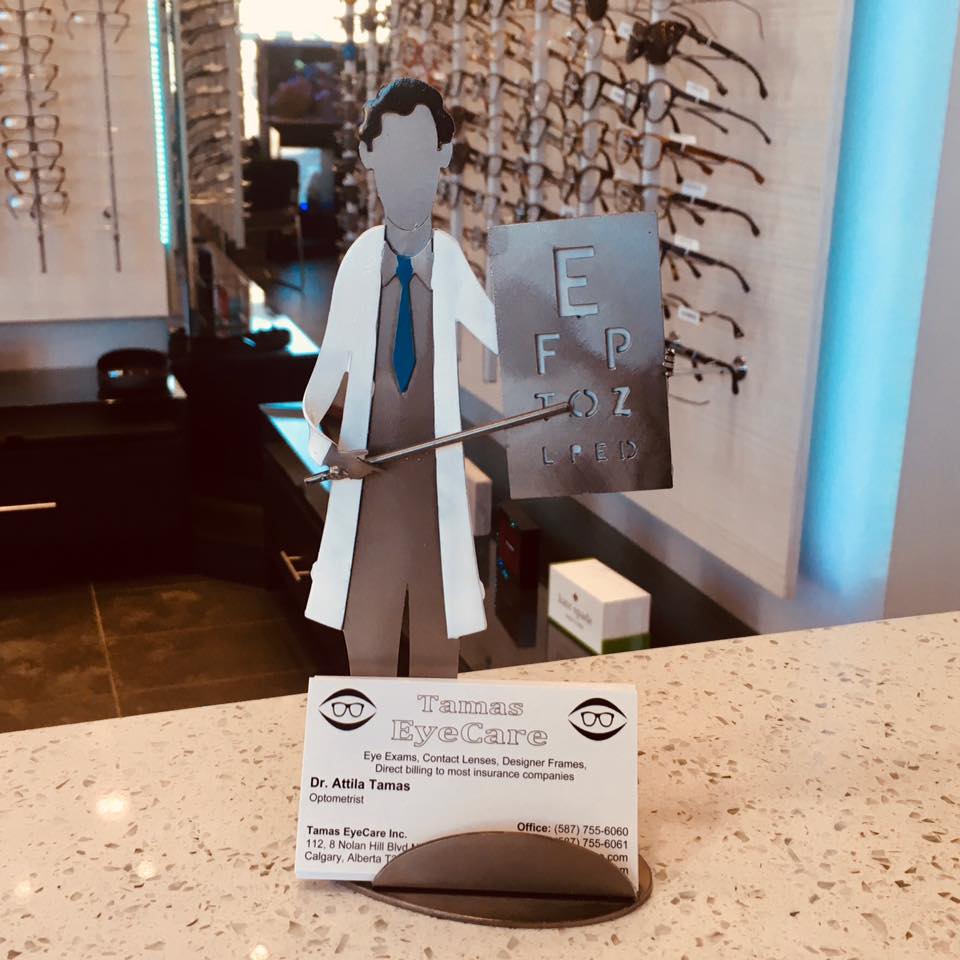
We are dreaming of summer with our staff pick of the day!


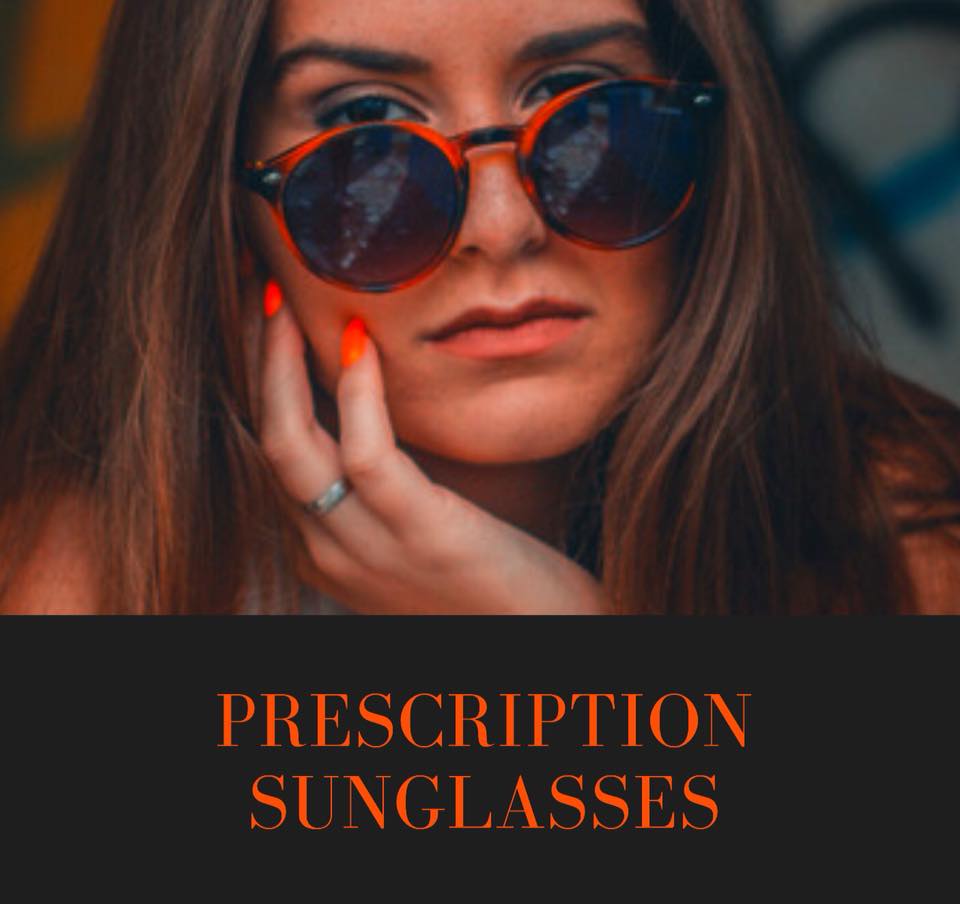
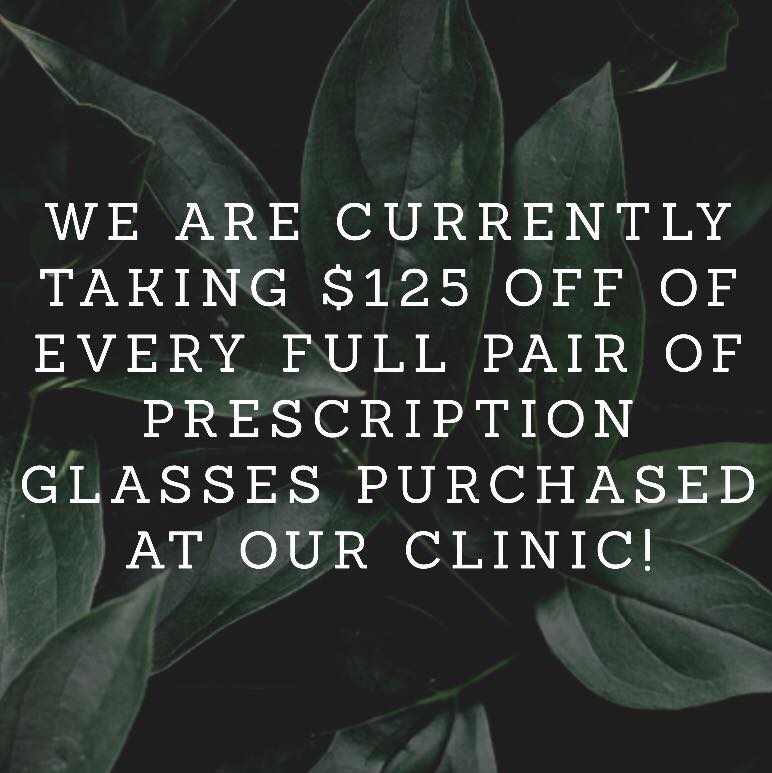
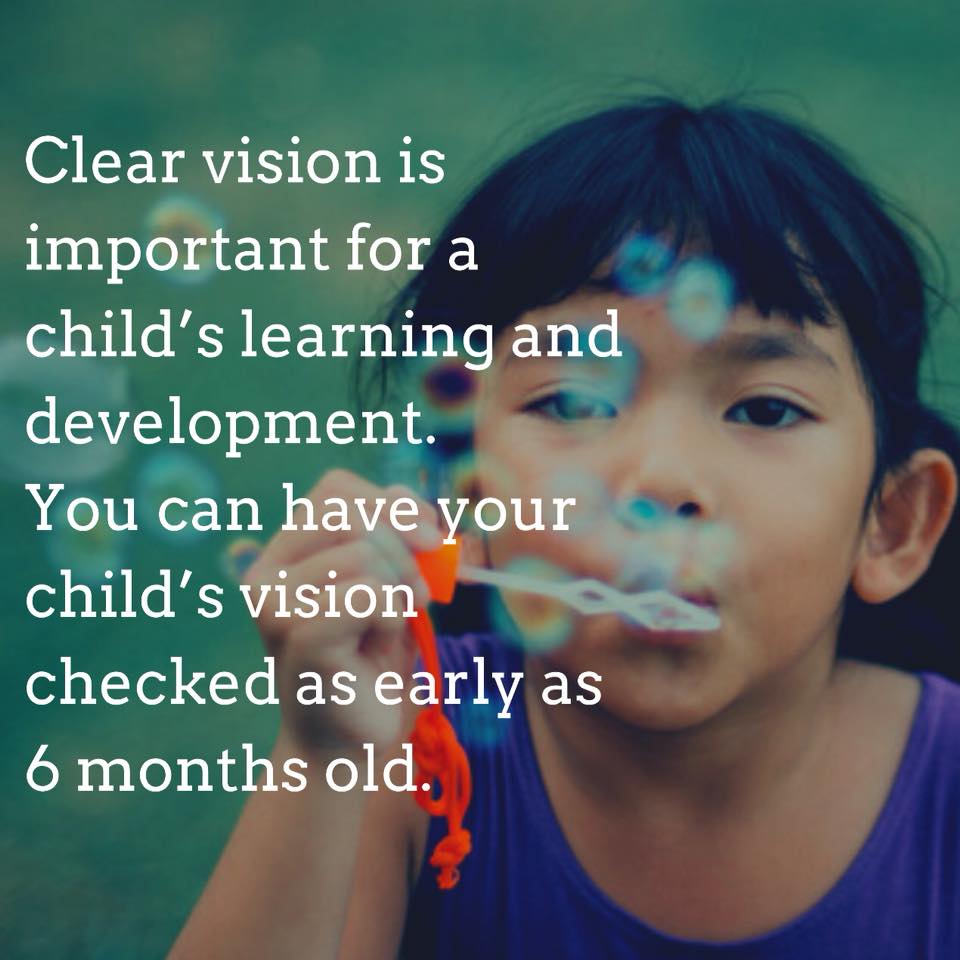
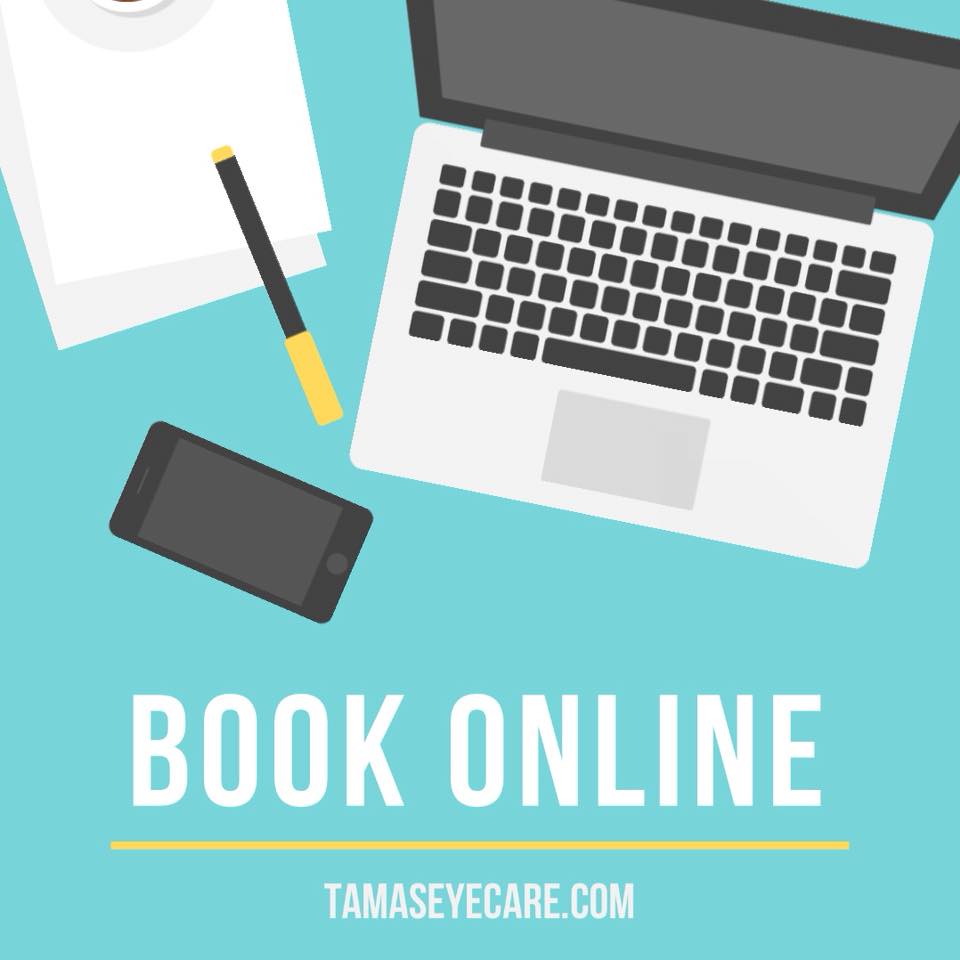
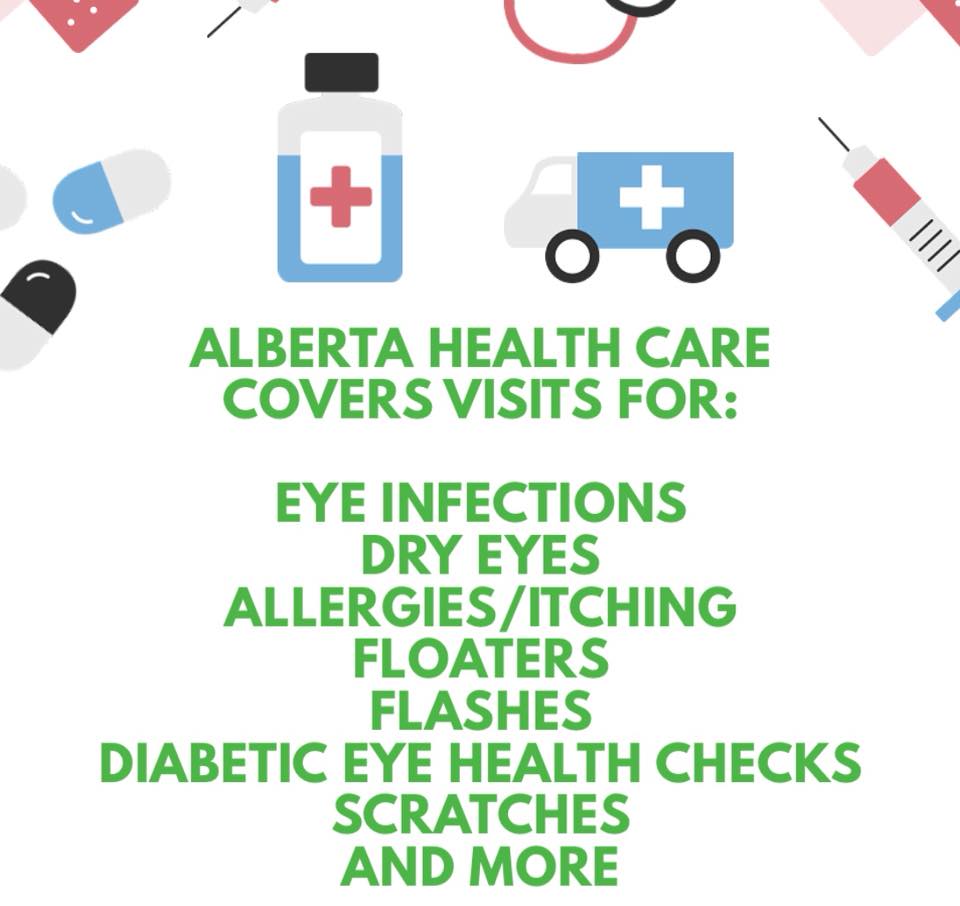
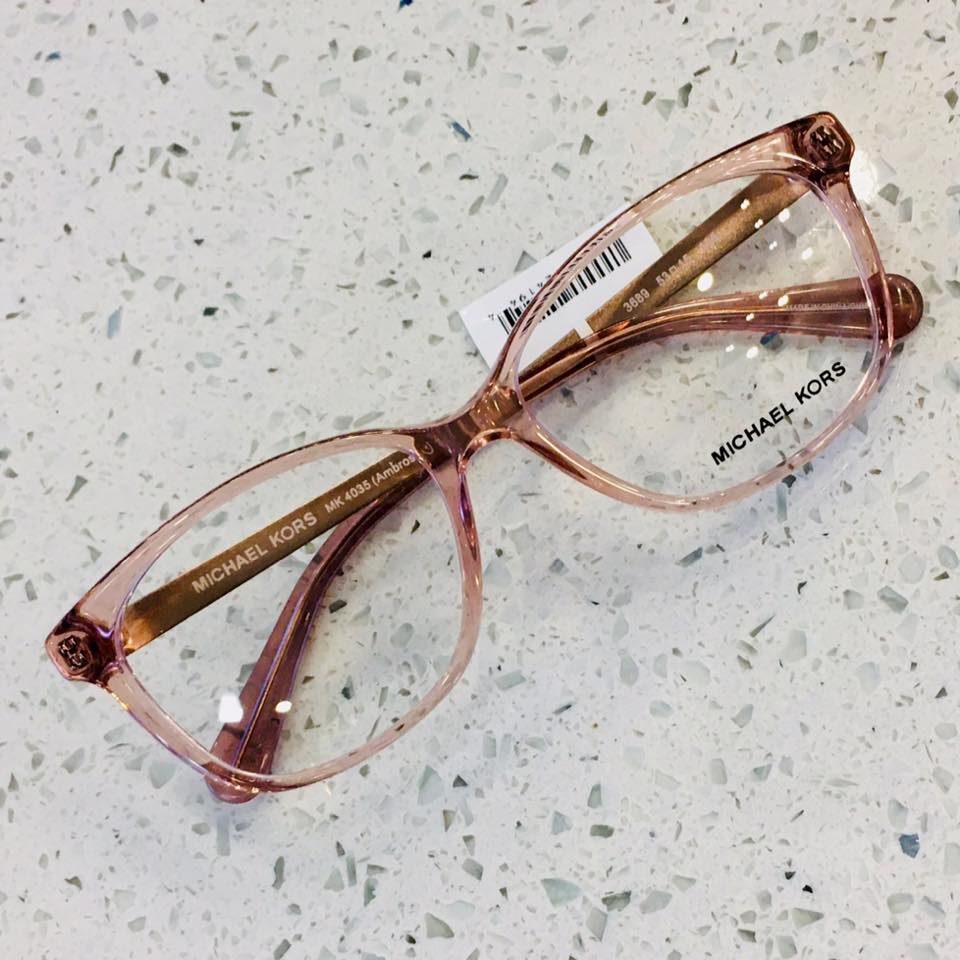
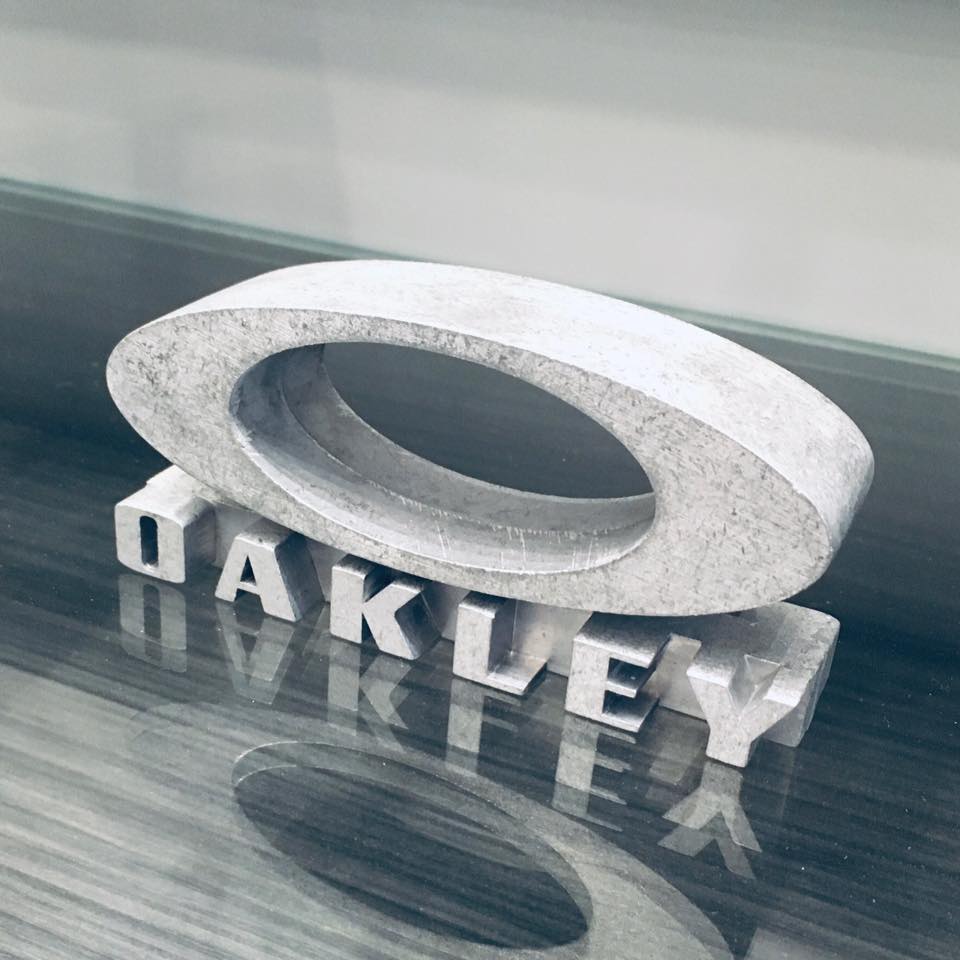
We just received a bunch of new Oakley sunglasses!
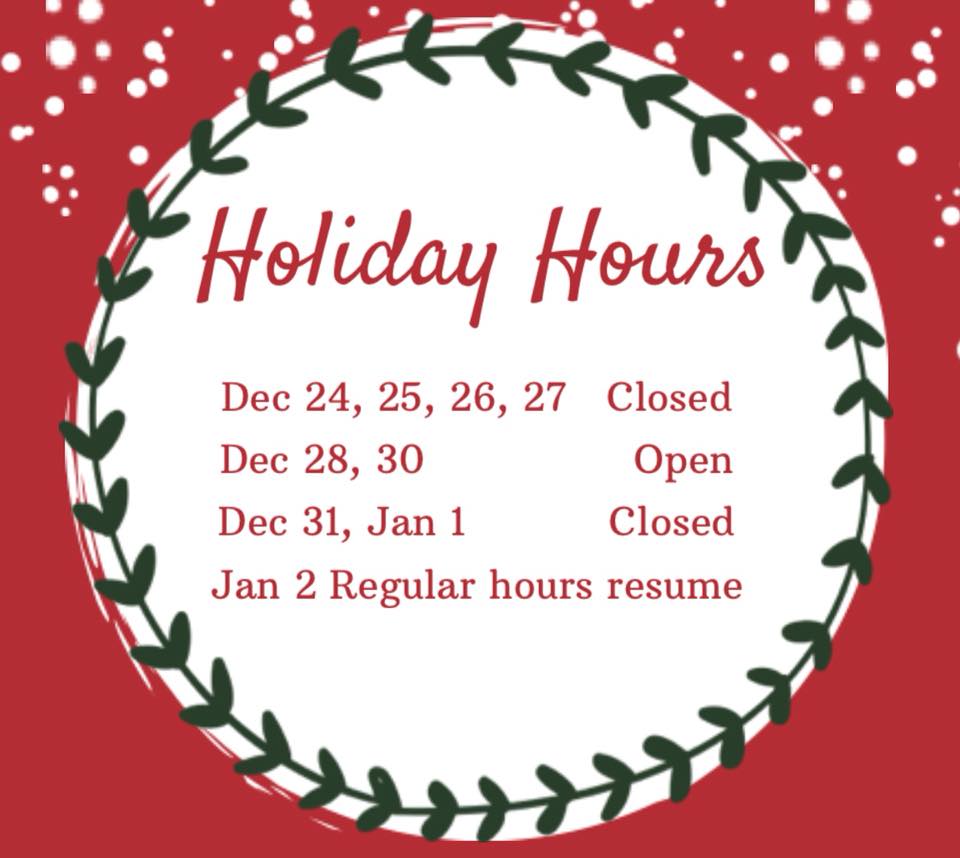


We have a wide selection of Chloe frames for women!

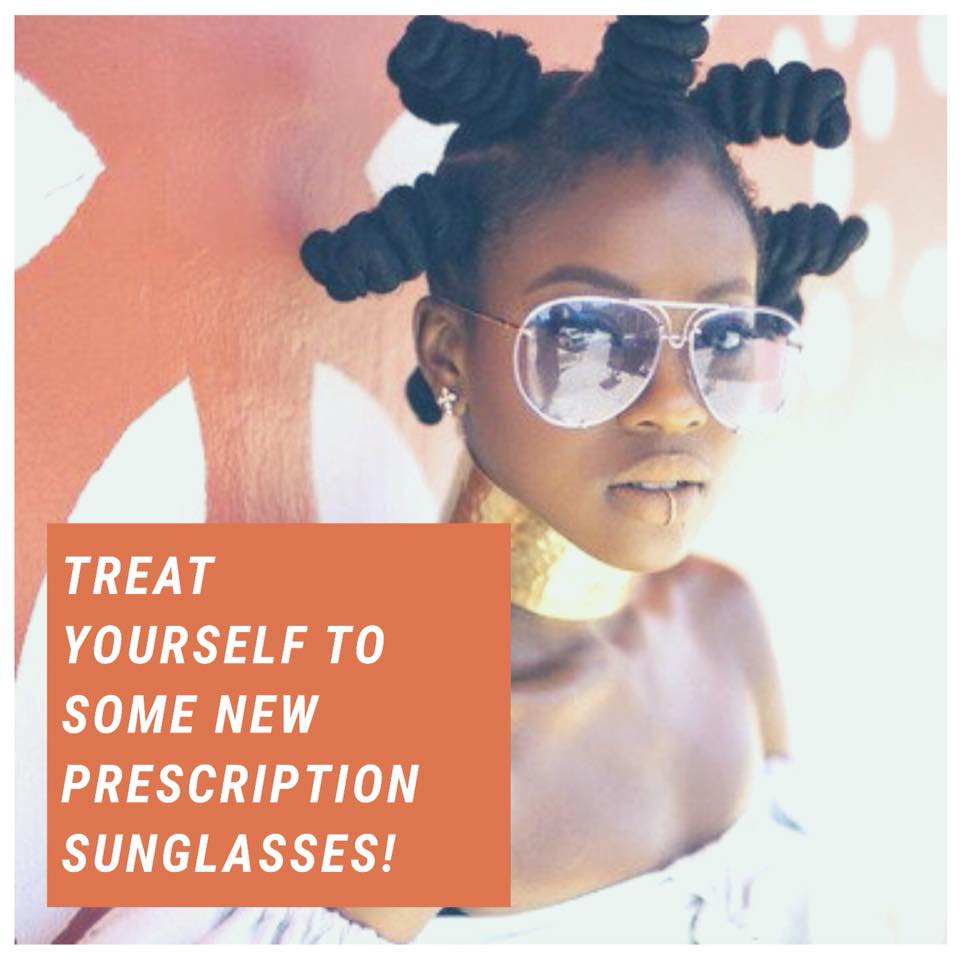
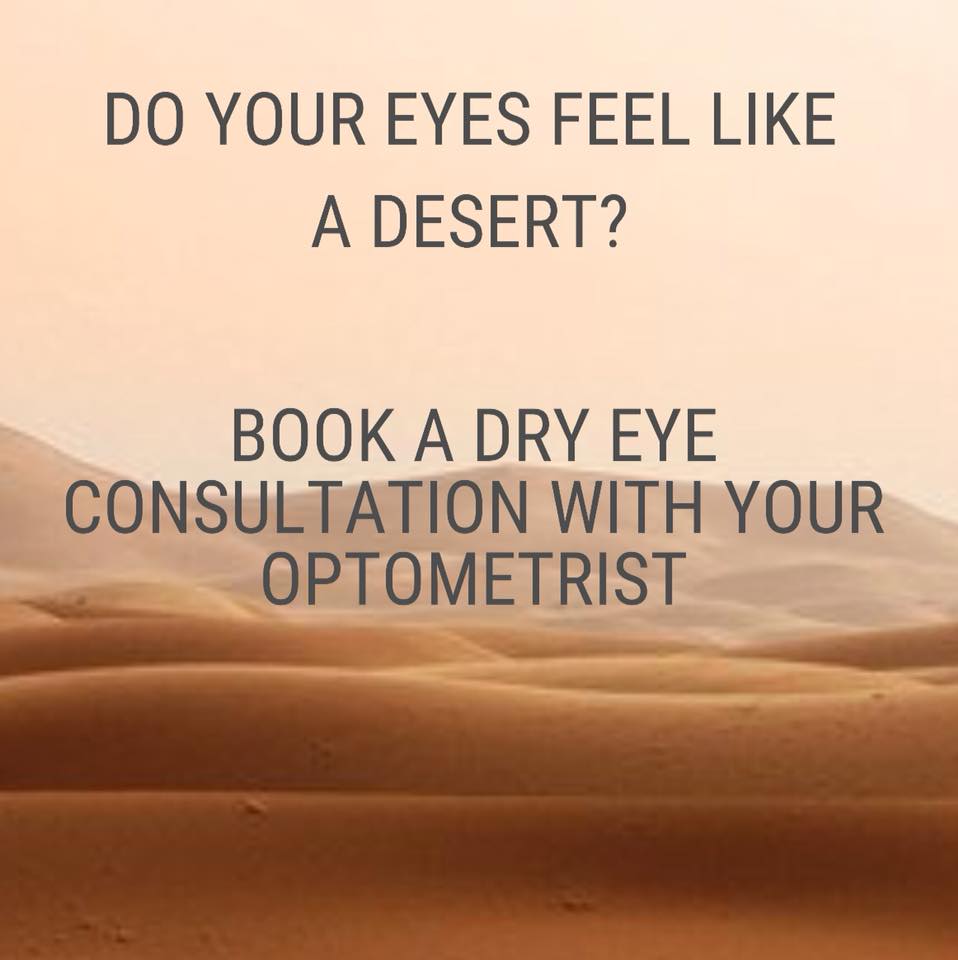
Dry eye appointments are covered by Alberta Health Care
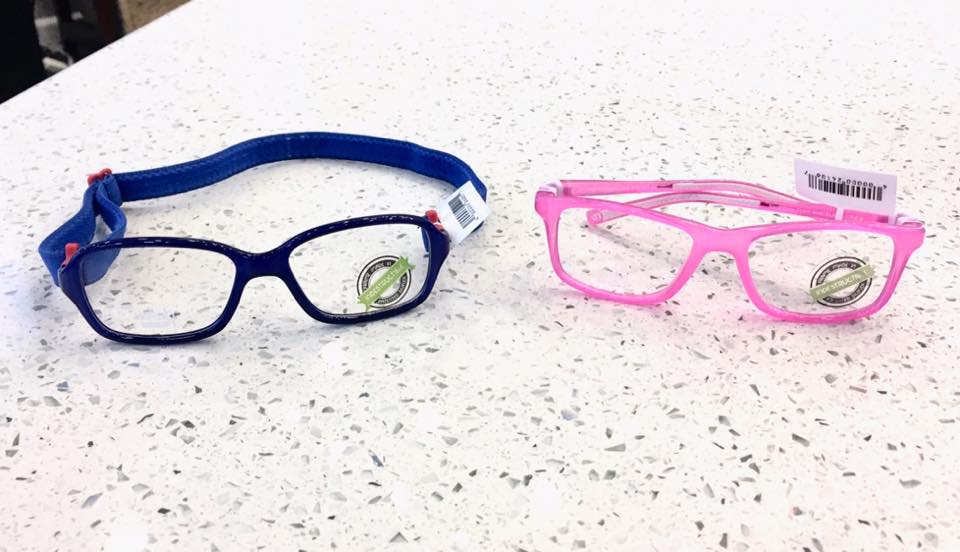
We carry Nano frames for kids!

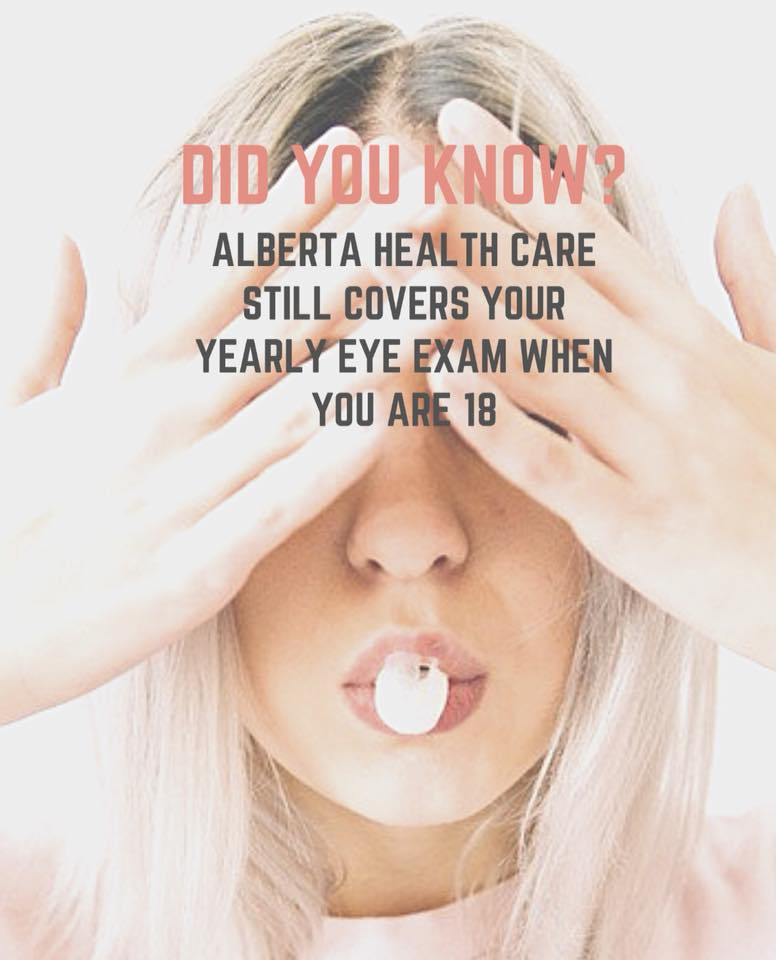
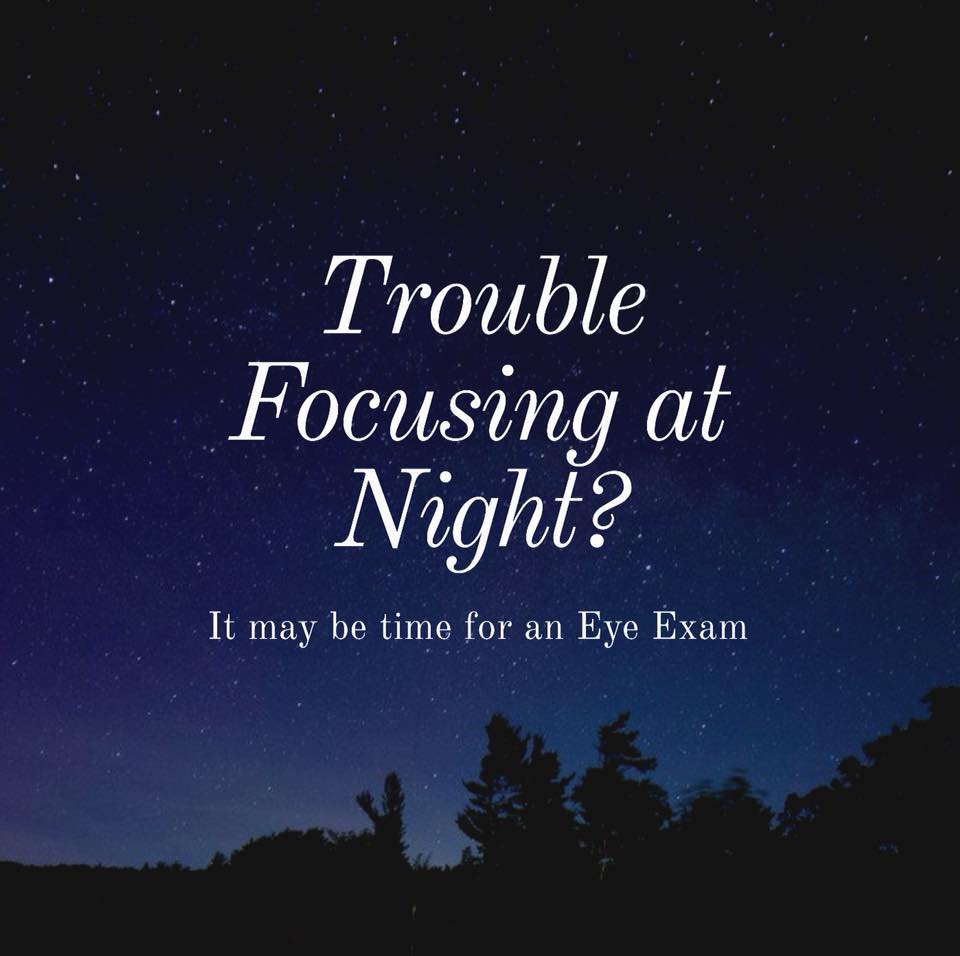
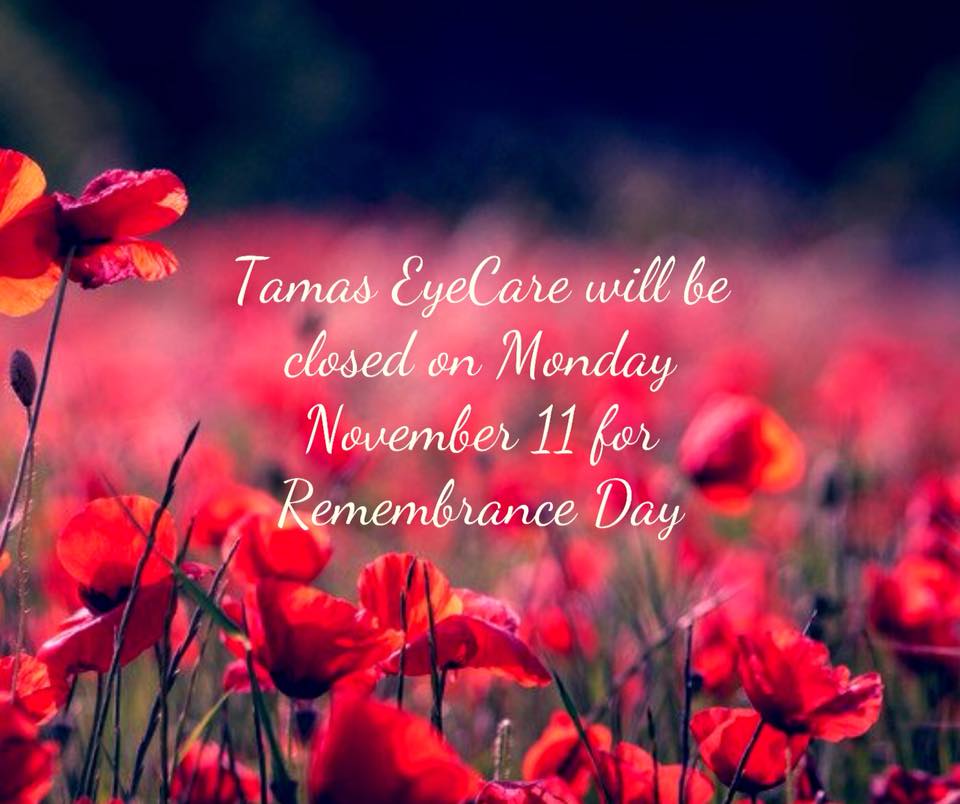
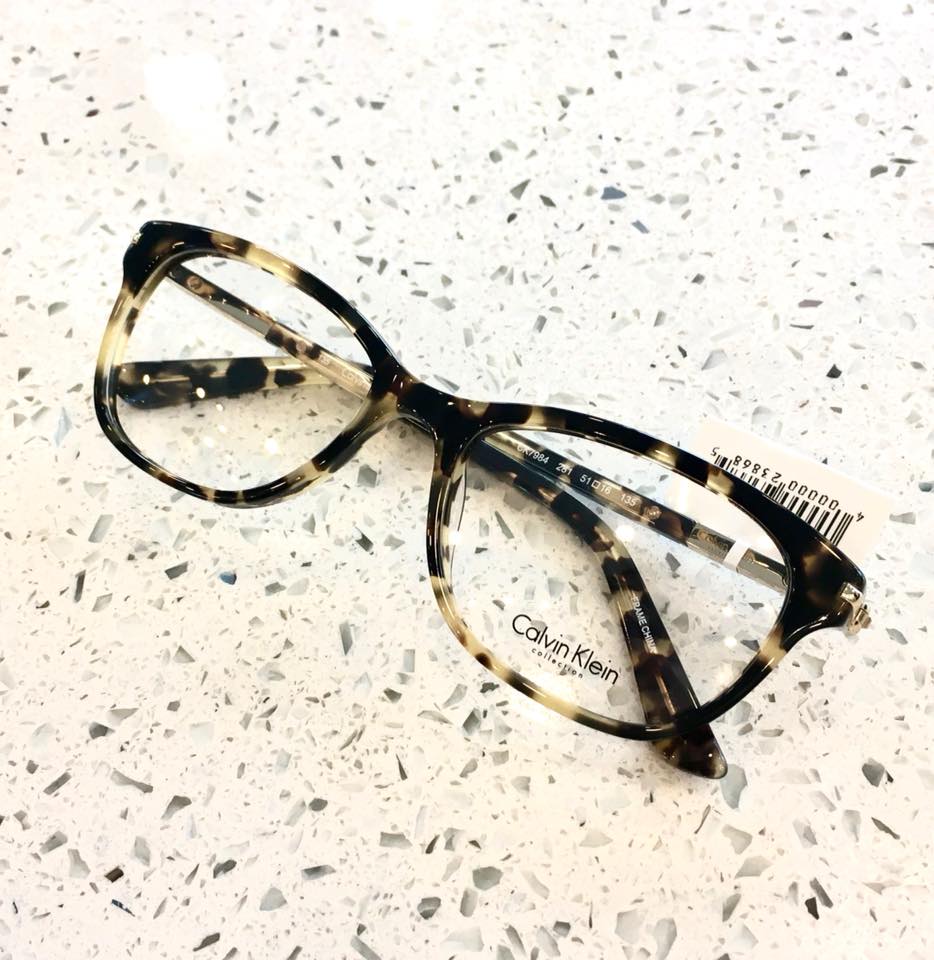
Calvin Klein frames are fun and affordable!
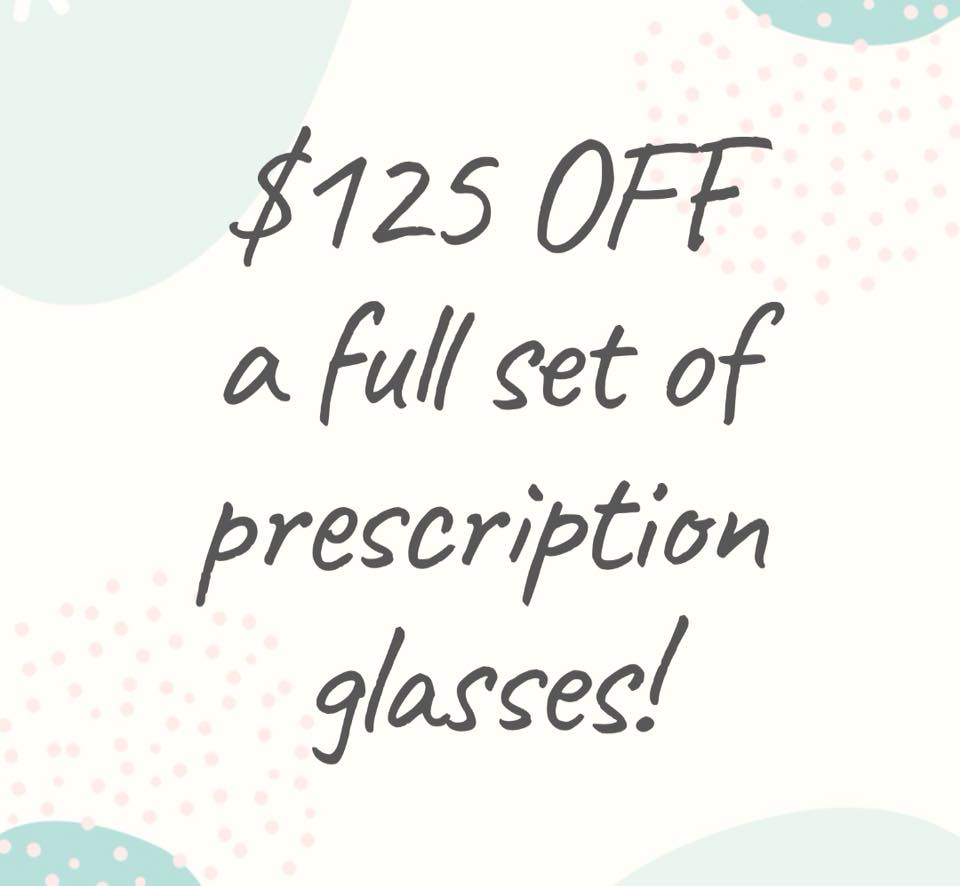
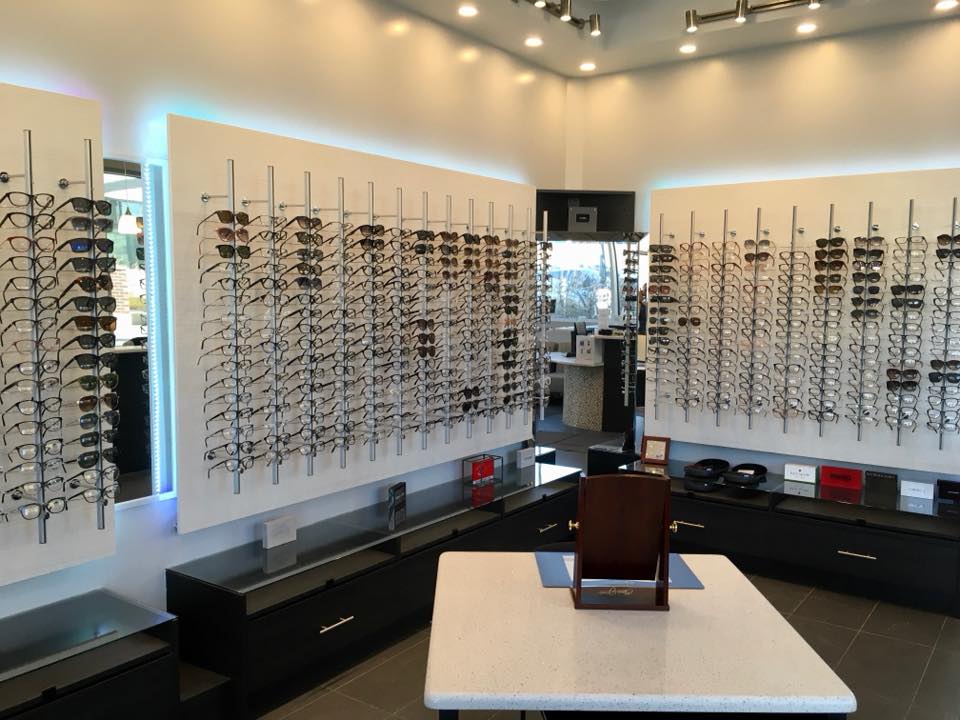
We just got in a big shipment of new frames! Come check out our growing selection.

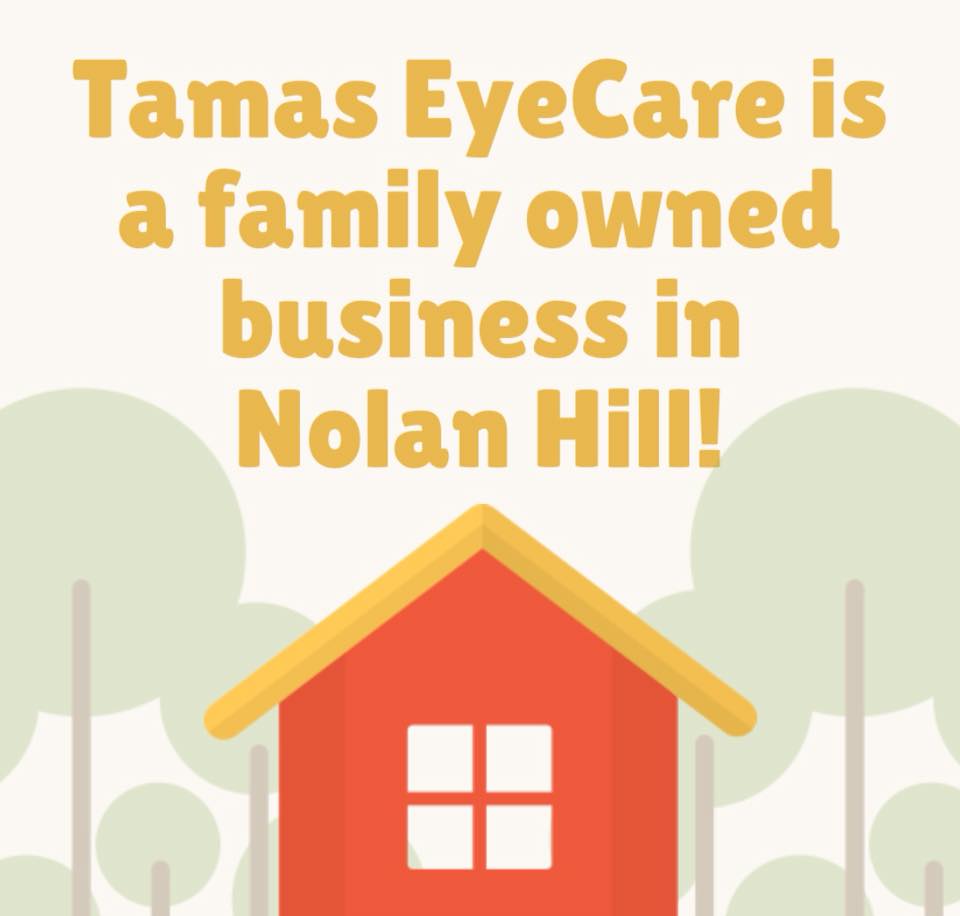
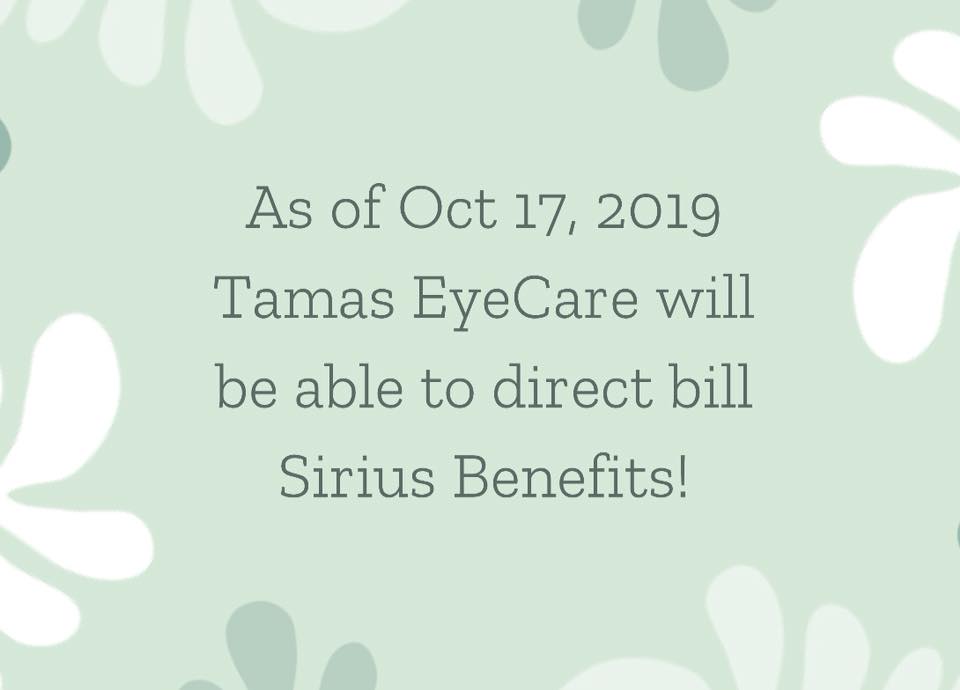
Think about your eye health this World Sight Day!


Thanksgiving Weekend Hours

We are located in the Gates of Nolan Hill plaza.
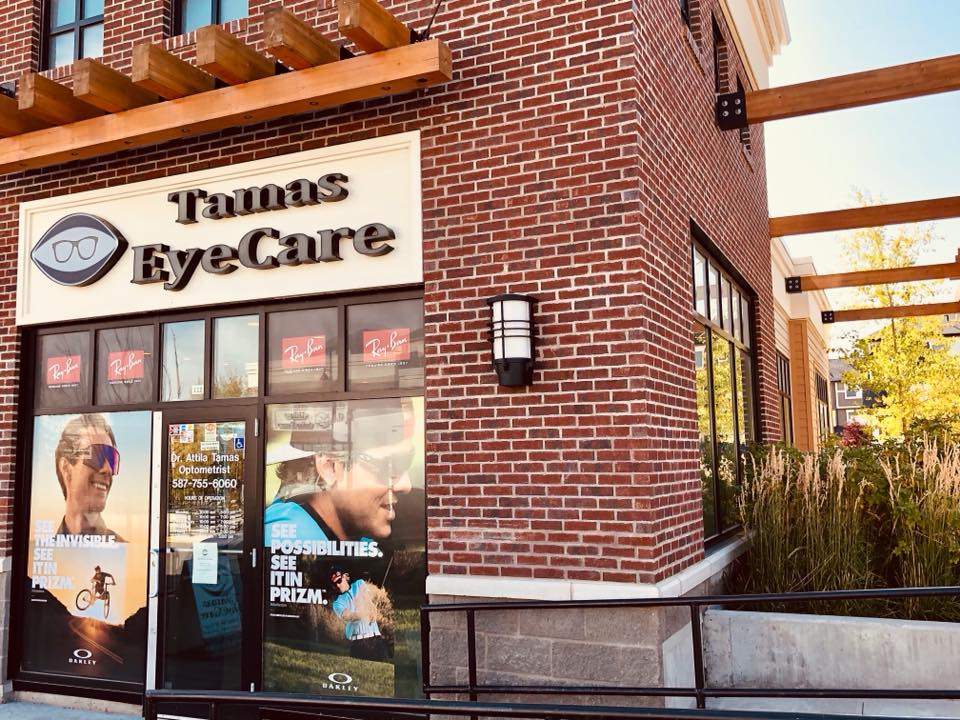
Take your children to see an optometrist.
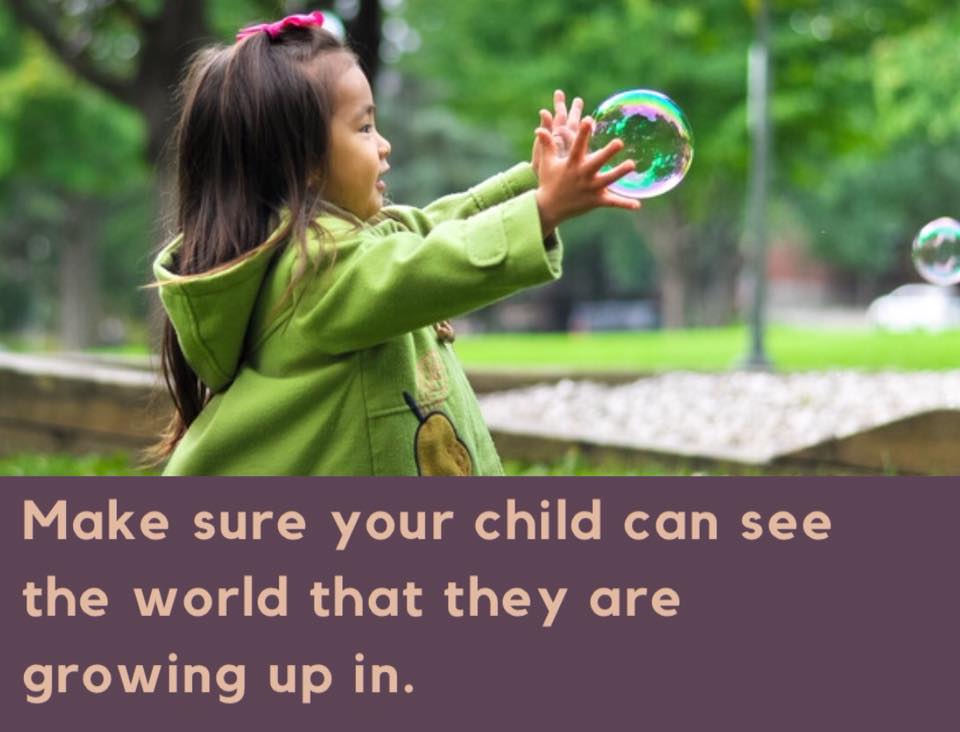

We have designer frames by Dolce & Gabbana!

Time for an eye exam!
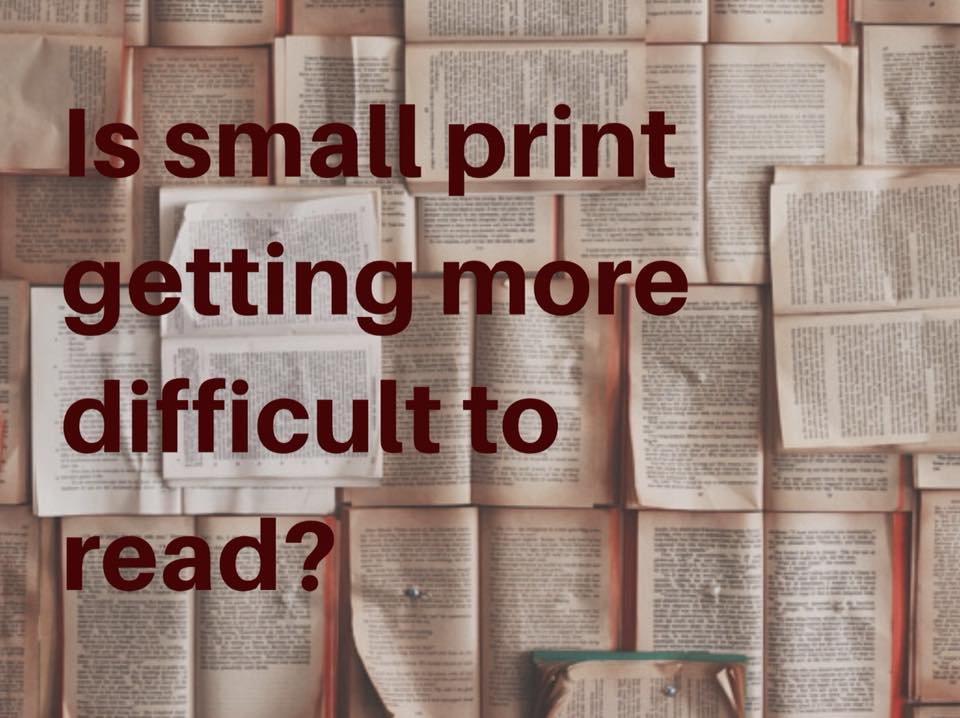

Our resident starfish wanted to say hello!
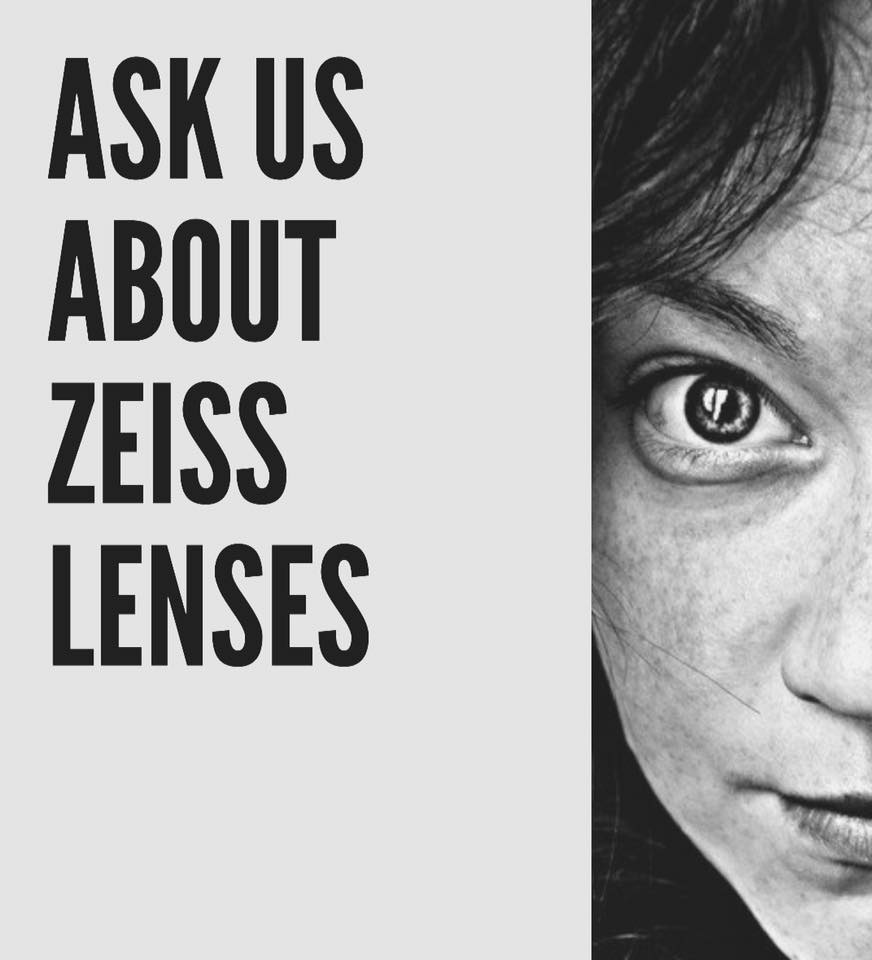
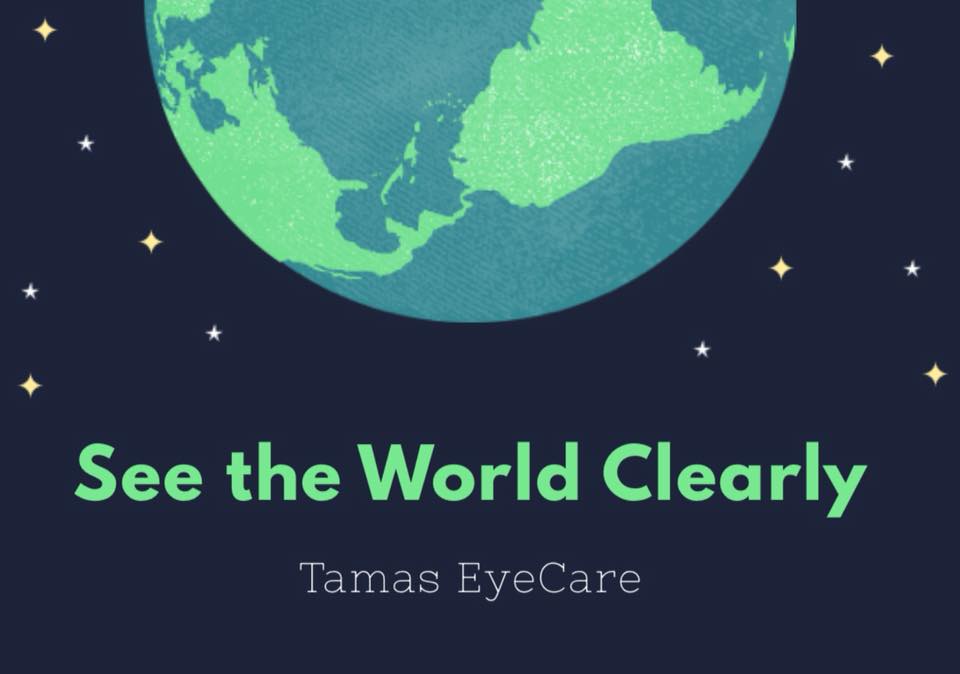
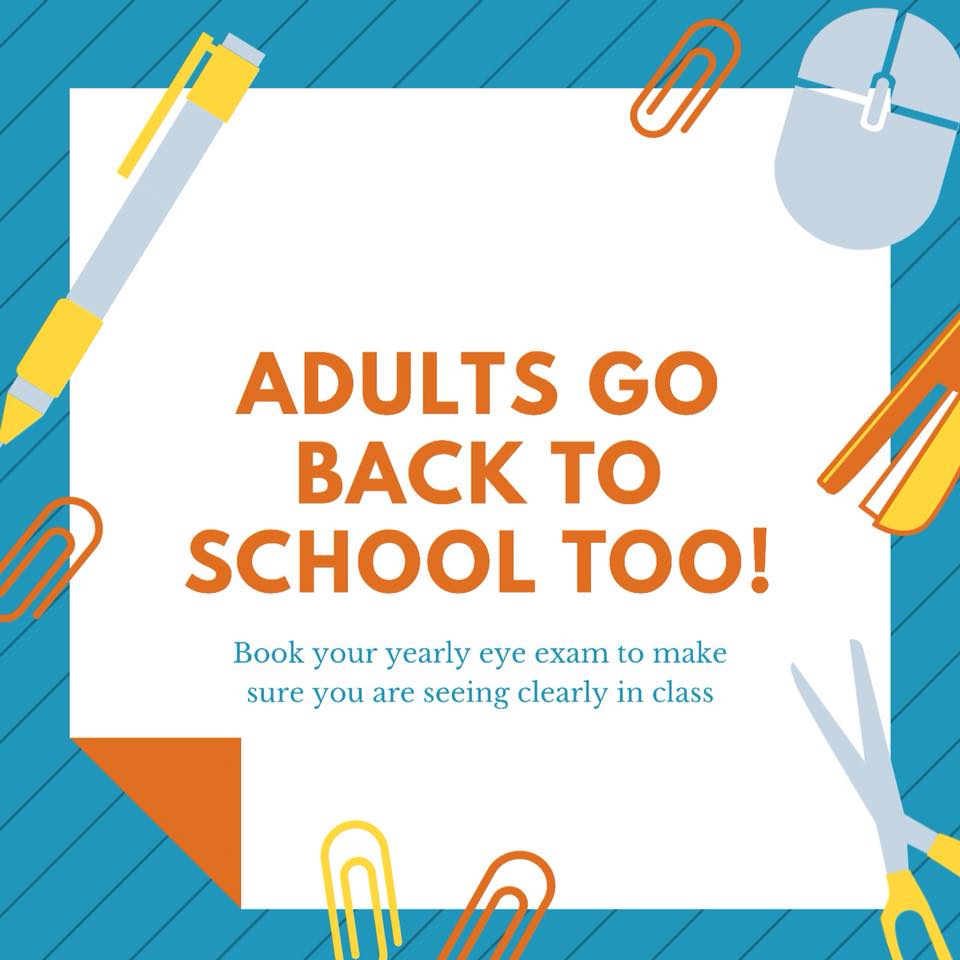


The staff pick of the week is this classy matte havana frame by Hugo Boss!

Come check out our exciting new Tamas EyeCare line of frames!

We direct bill most insurance companies for your convenience!

We will put new prescription lenses into your old favourite frames!
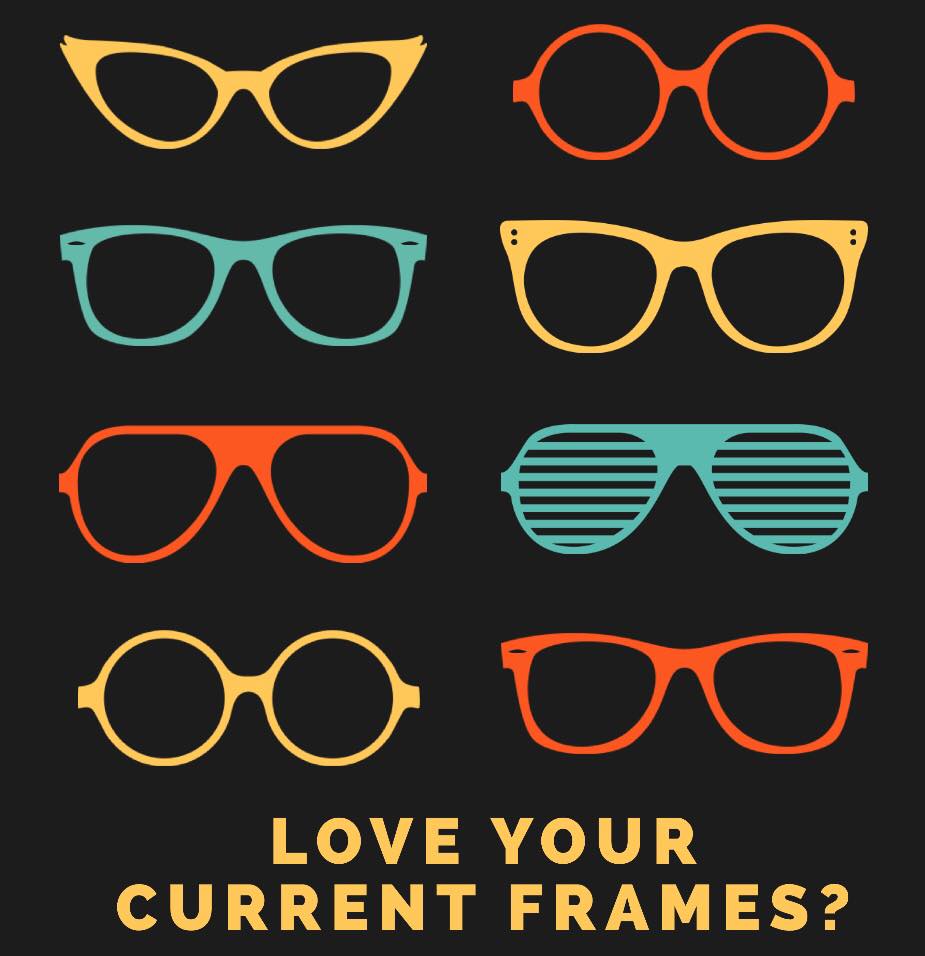
Back to School Sale! $89 prescription lenses for children ages 0-18!

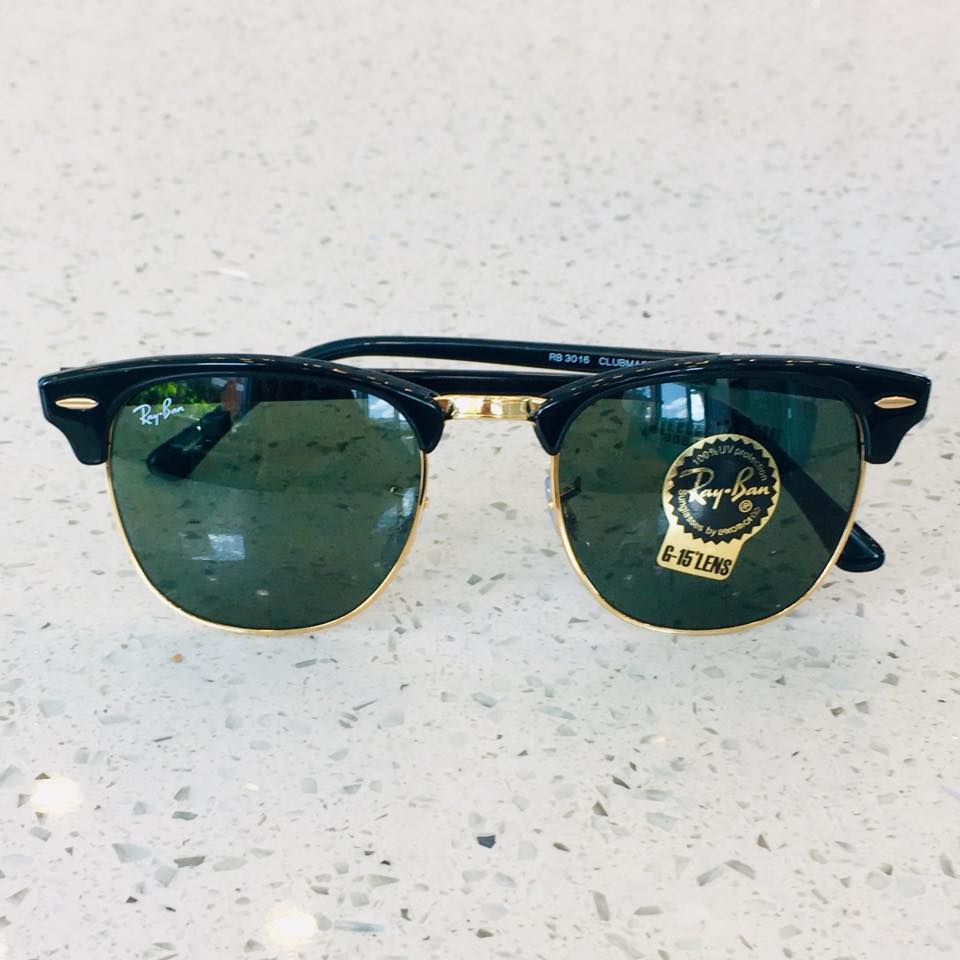


Ray Ban sunglasses for adults and kids!
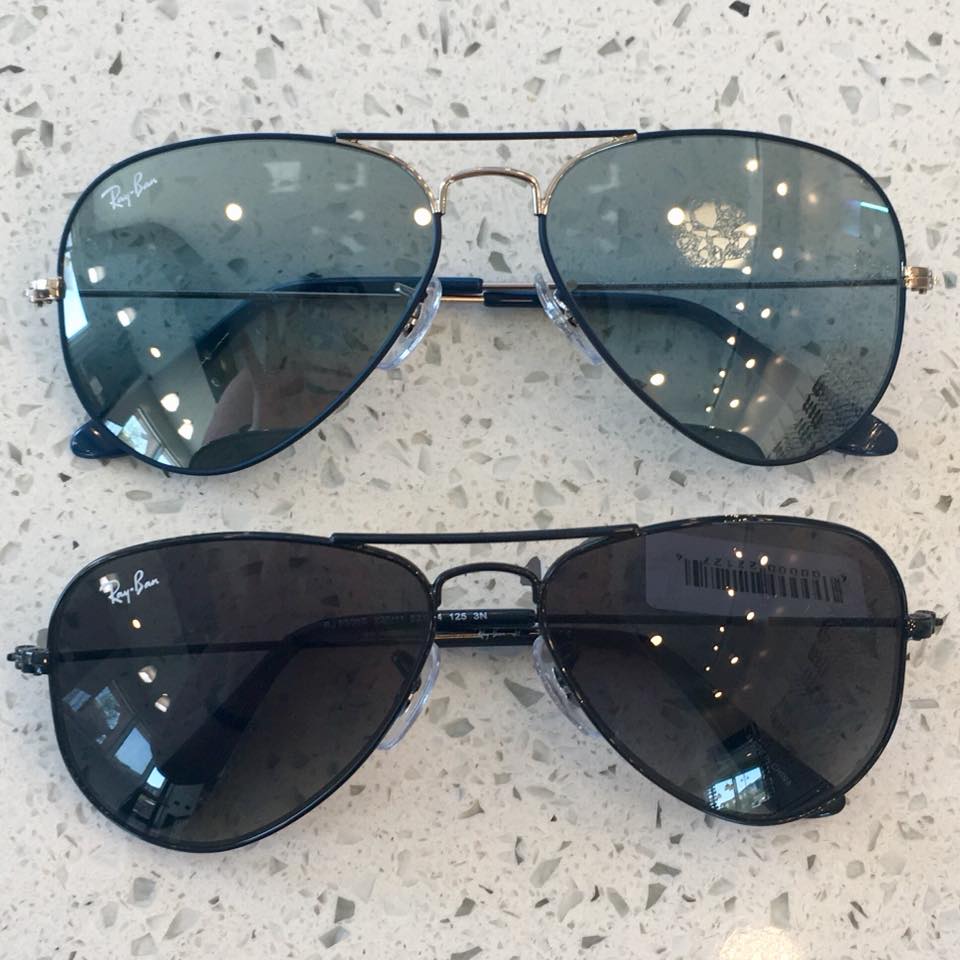
This red D&G cat-eye frame makes a fun statement!
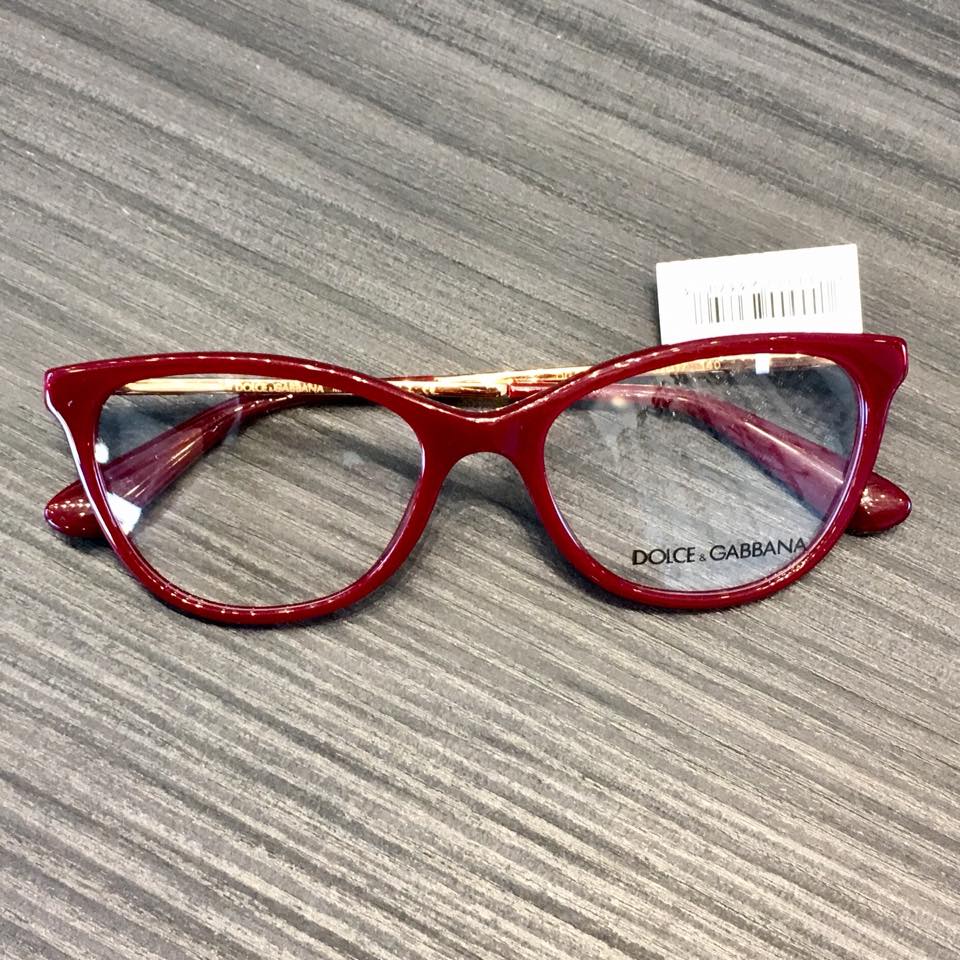
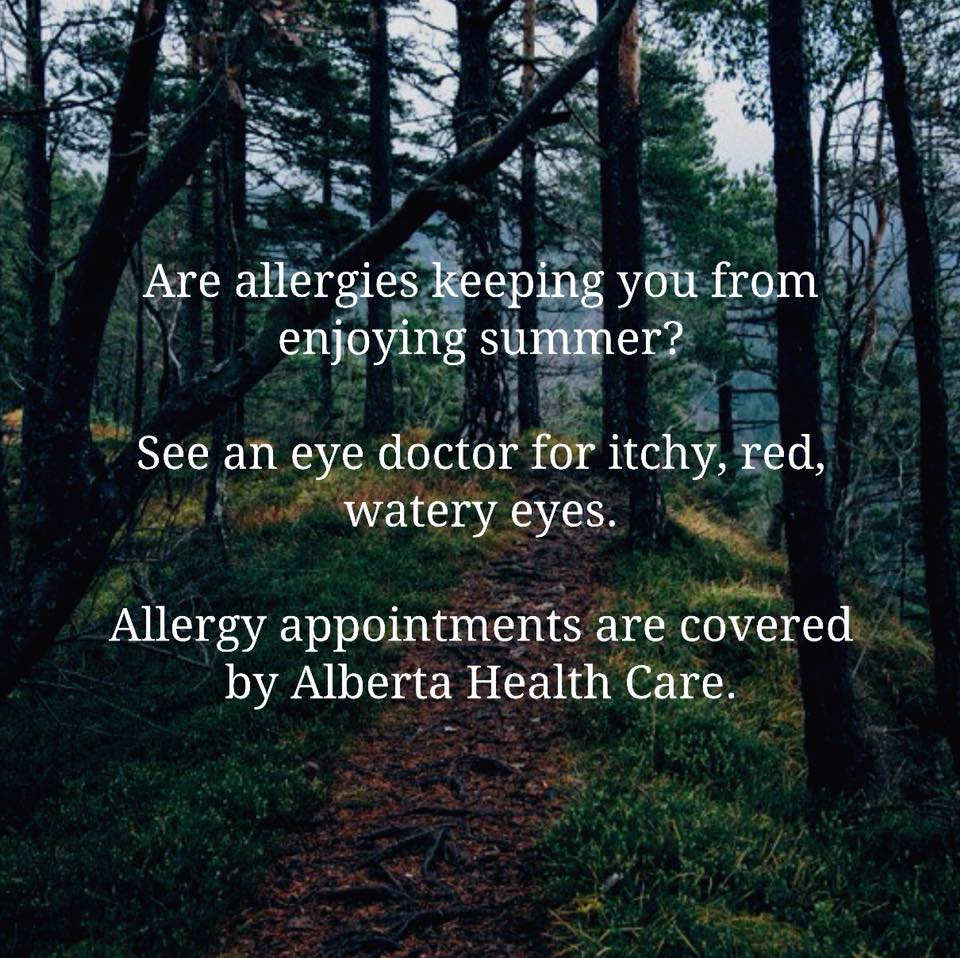

Lots of new sunglasses just arrived at Tamas EyeCare!
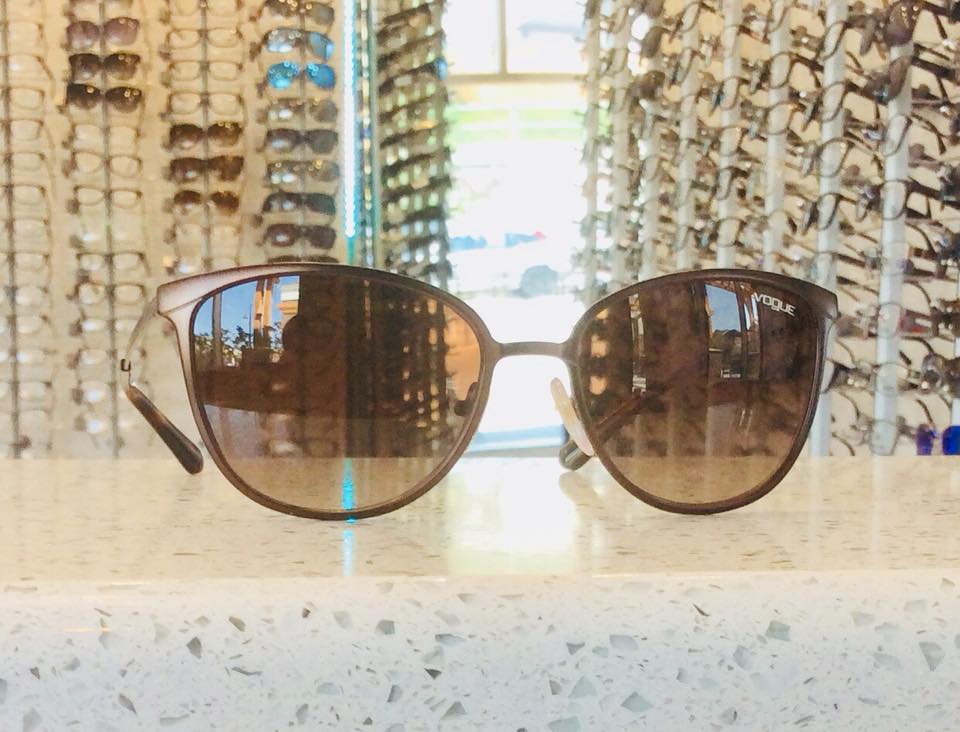
Alberta Health Care covers yearly eye exams for seniors 65 and over.
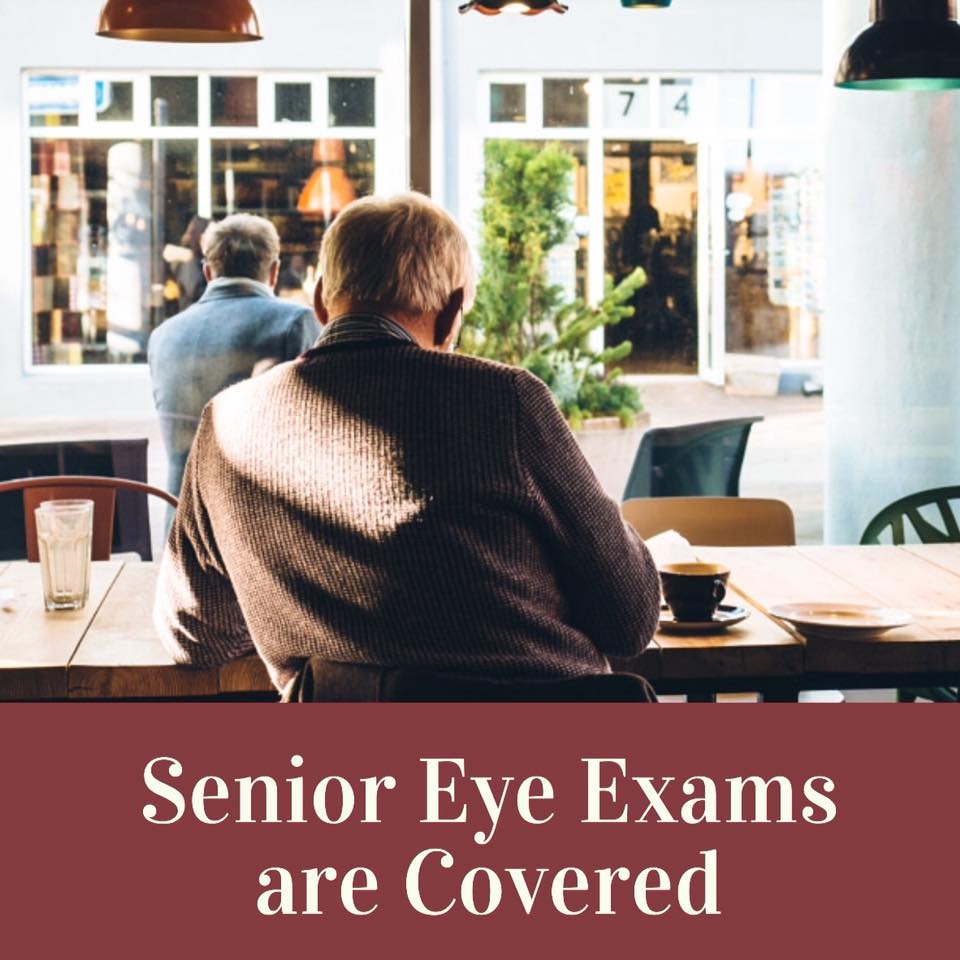
Remember to wear your sunglasses!


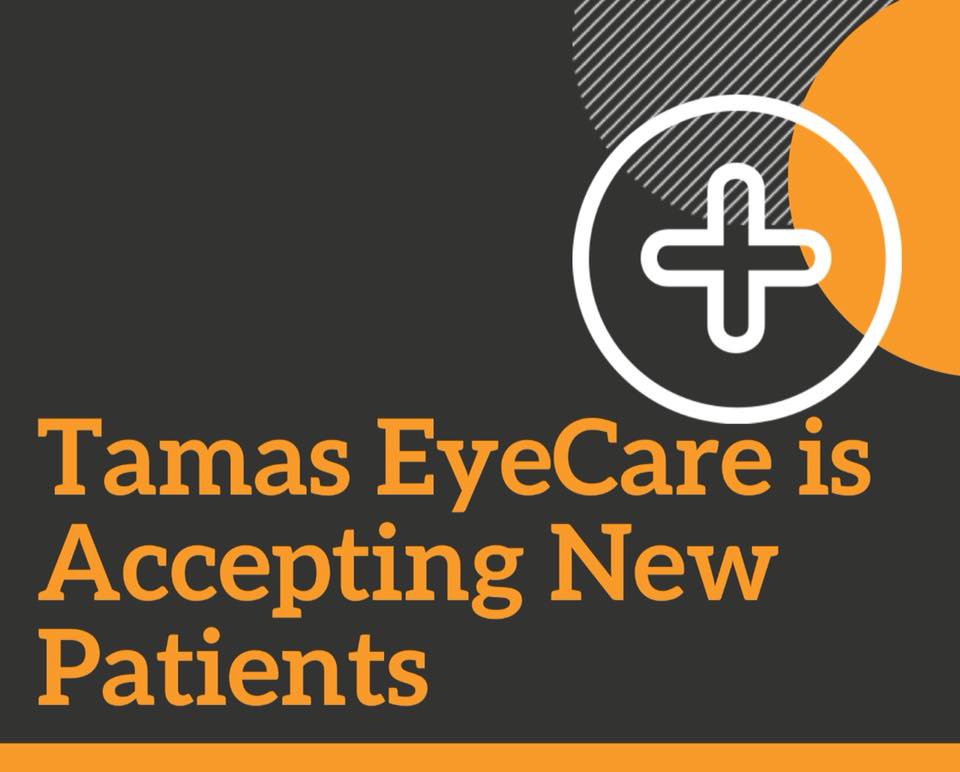
Get them checked by an optometrist.
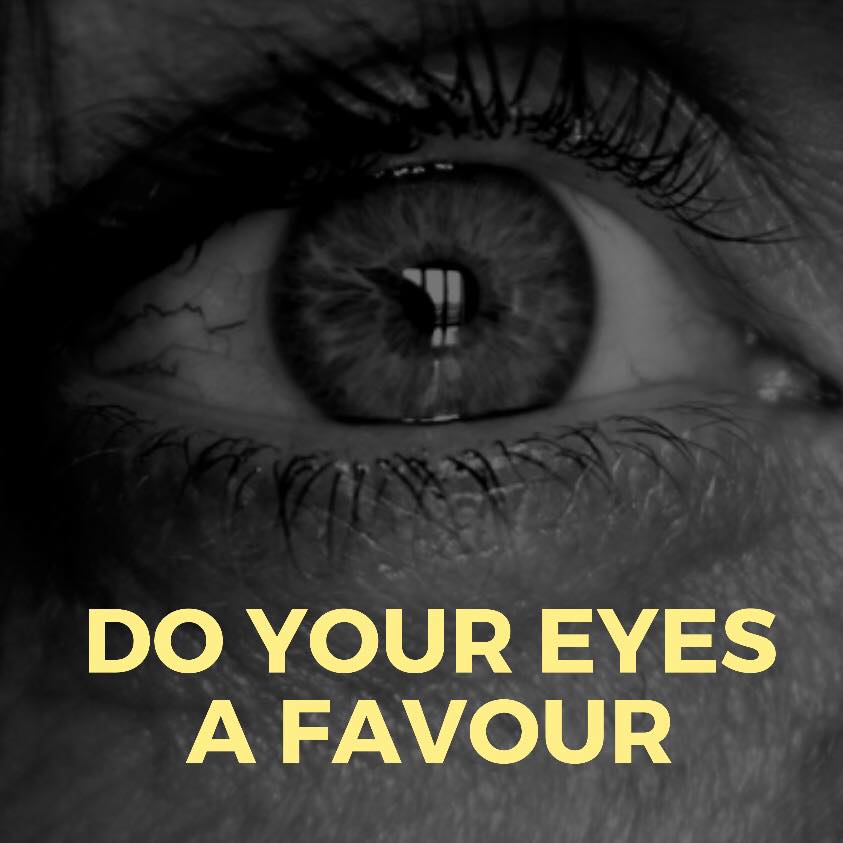
Staff pick of the day! Maui Jim sunnies that remind us of the beach!
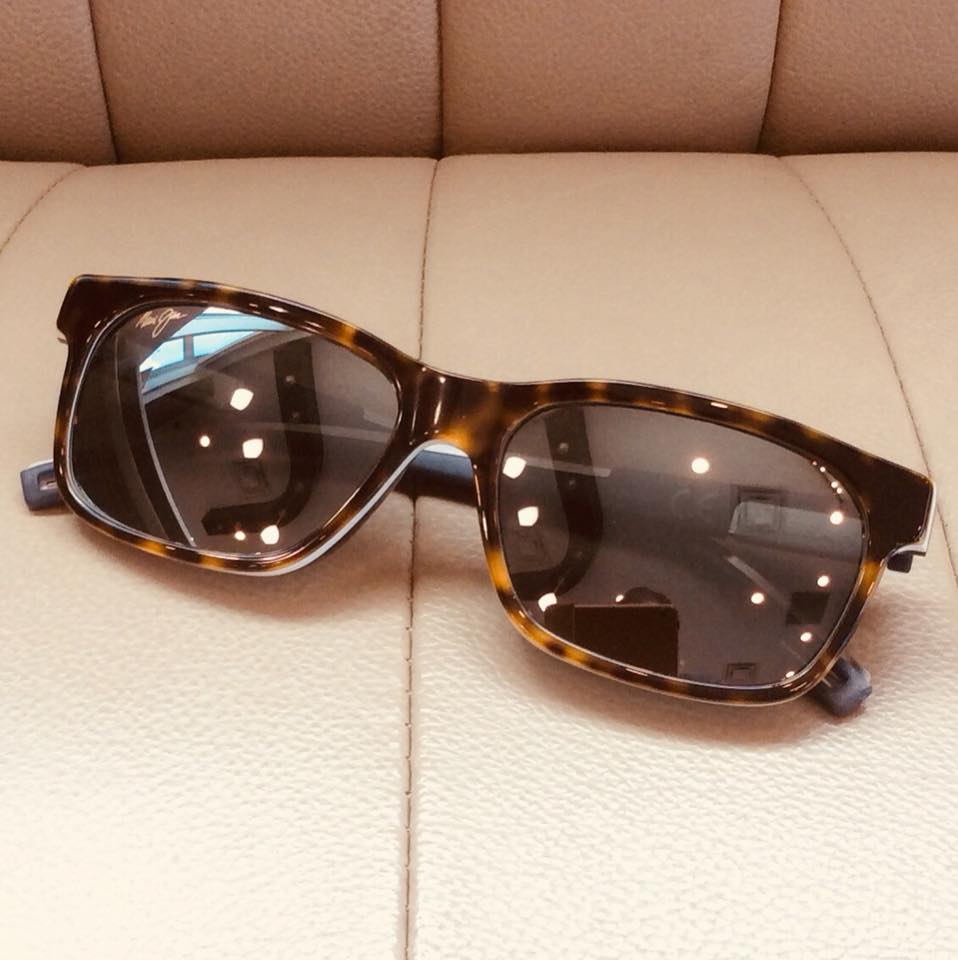
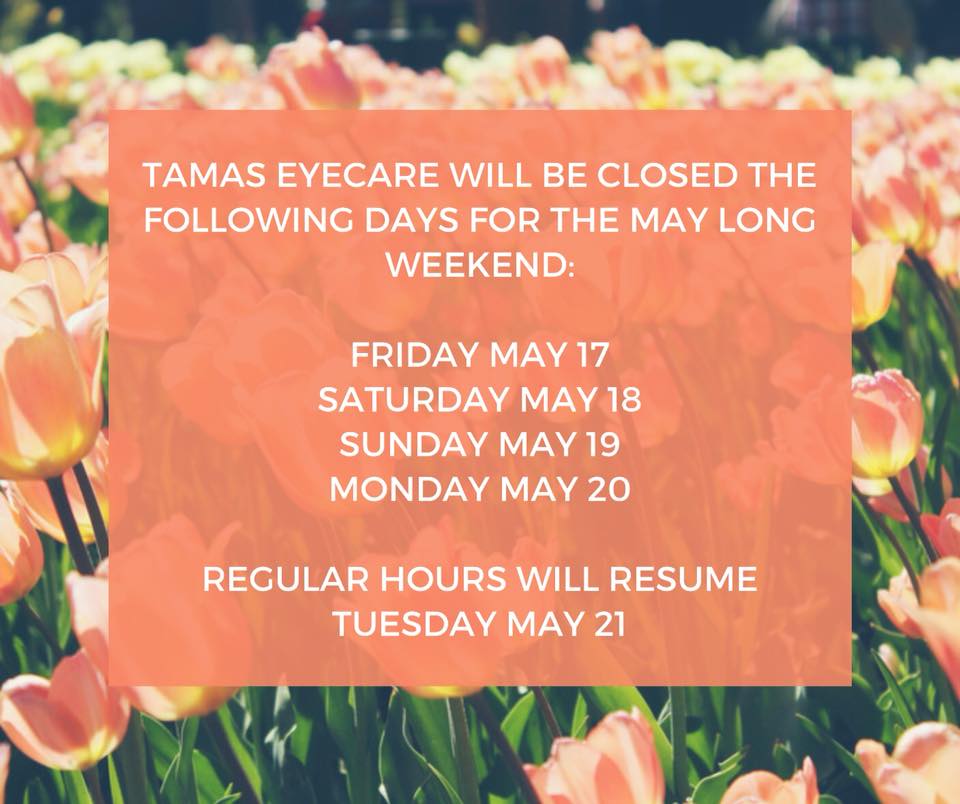
Are movies not as high def as you would like? Maybe it’s your eyes. Book an appointment with an optometrist. (587)755-6060

We are celebrating Nurses Week! Nurses will receive a $50 VISA gift card with their purchase of prescription glasses or prescription sunglasses!
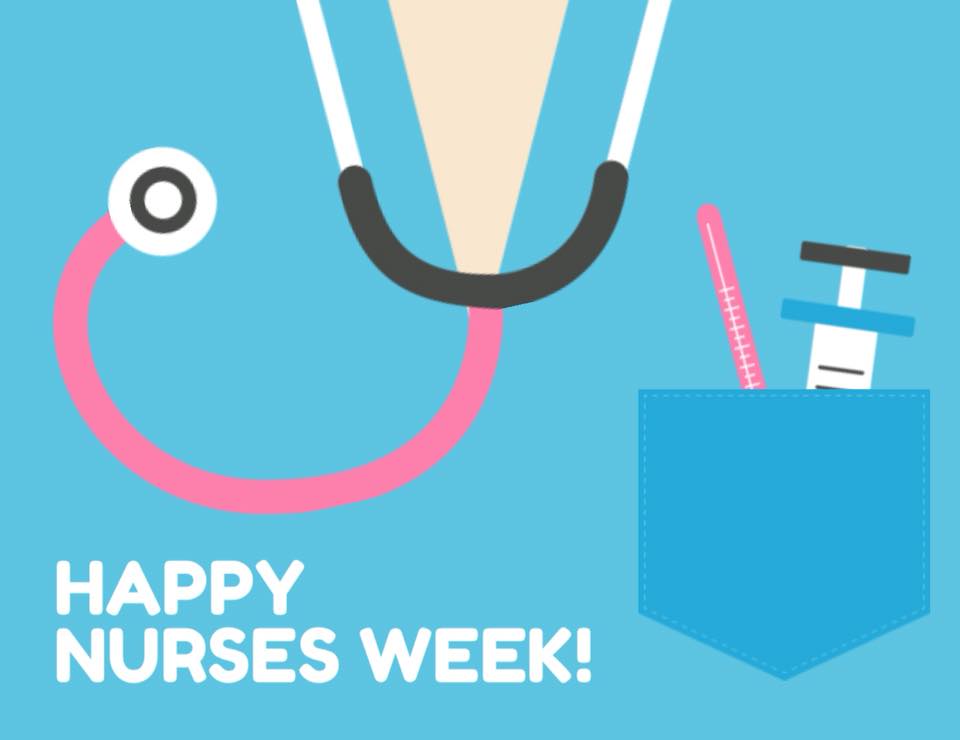
Time is running out to enter our draw! You could win a massage at Vantage Integrative Health and Wellness! Prize will be drawn on Monday May 6.
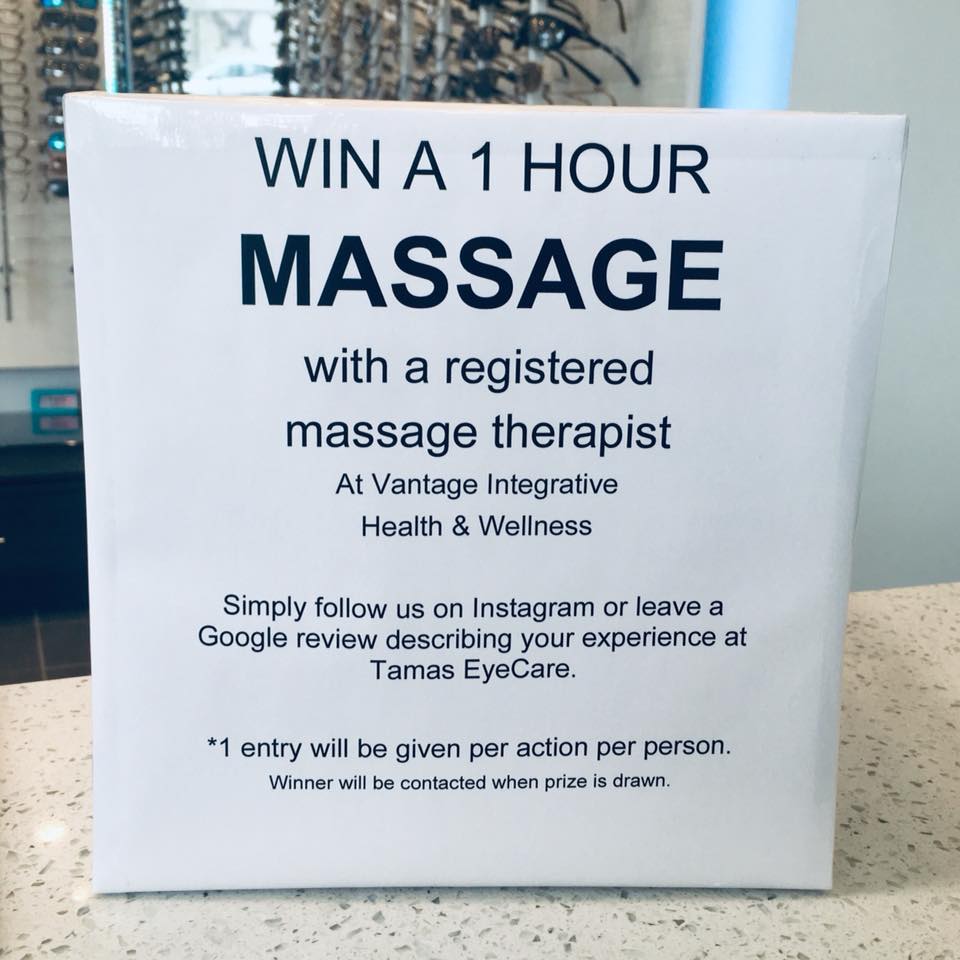

Our office will be closed for the afternoon tomorrow, April 25. Our regular hours will resume on Friday.
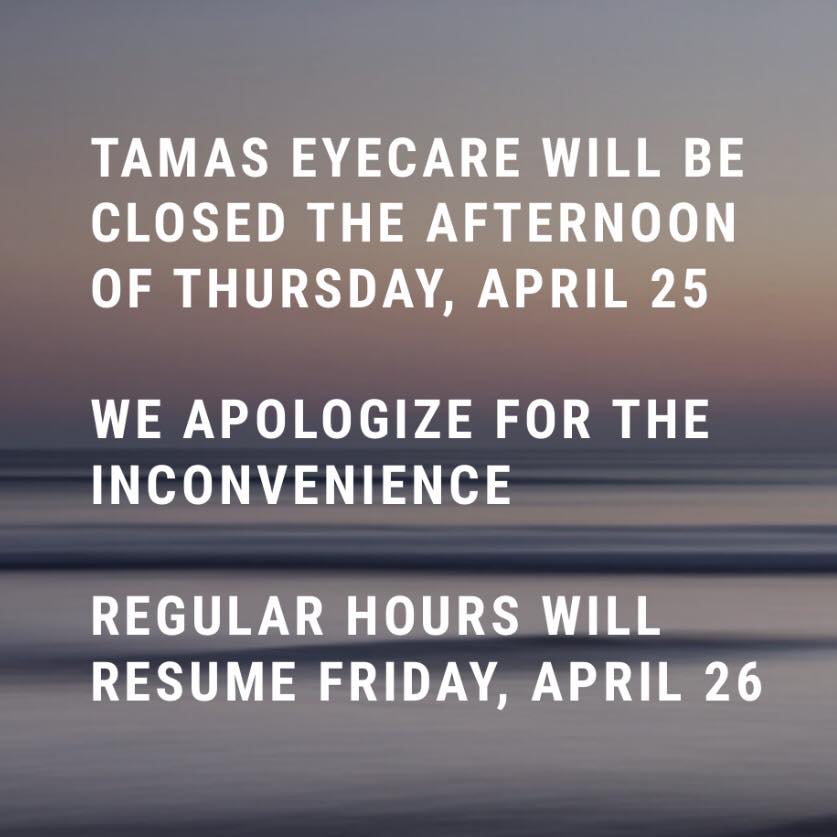
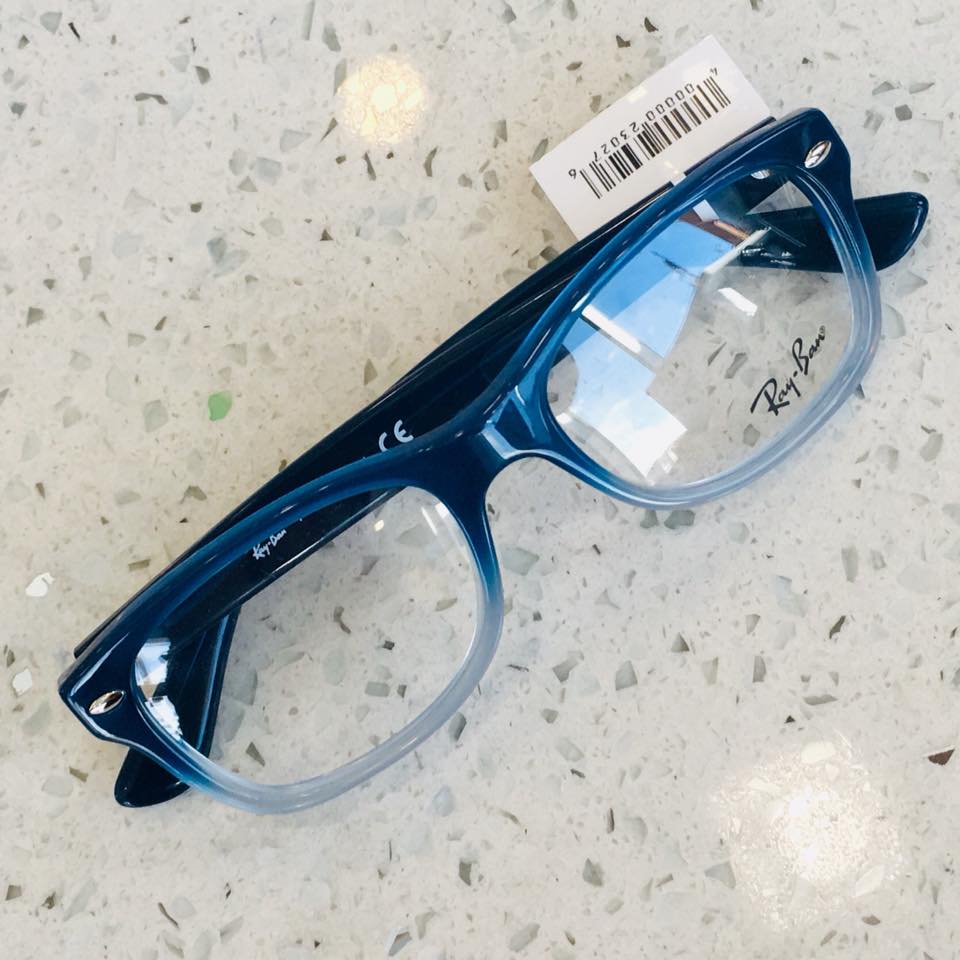

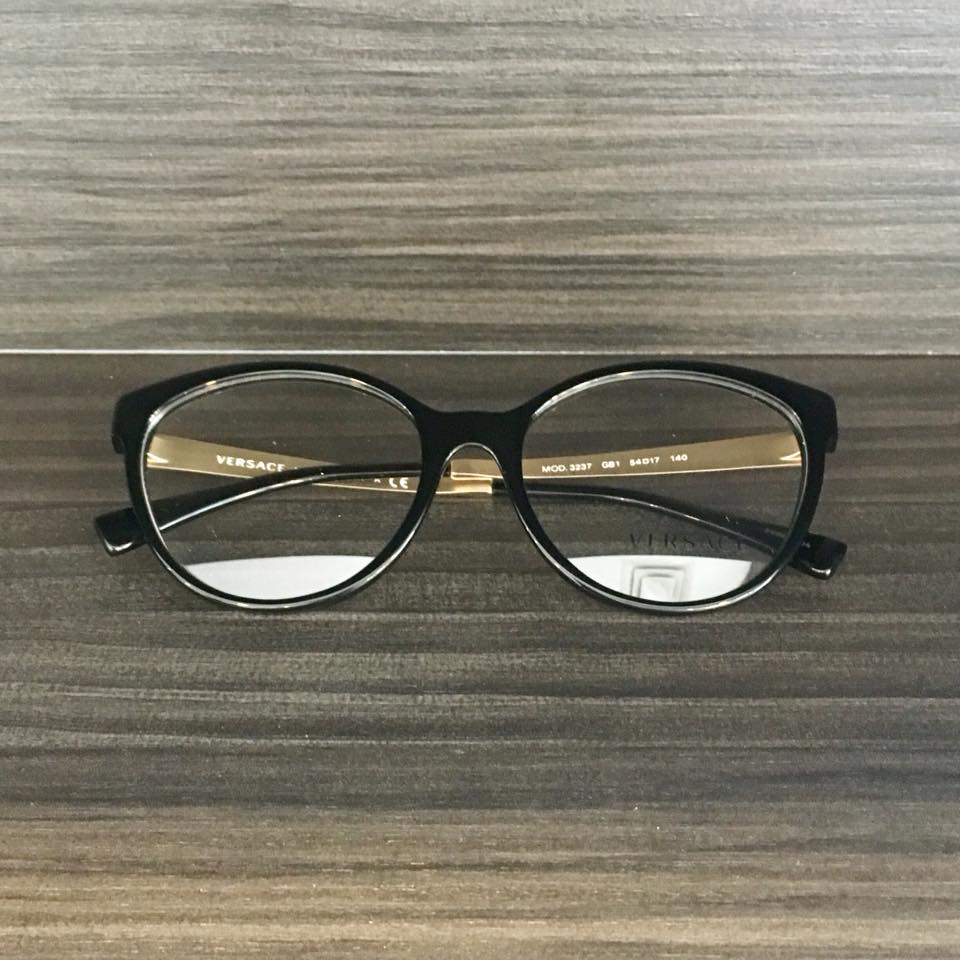
Is your vision a little fuzzy? Maybe it’s time to have your eyes checked by an optometrist.

Check out these Emporio Armani frames that come with two magnetic sun attachments!
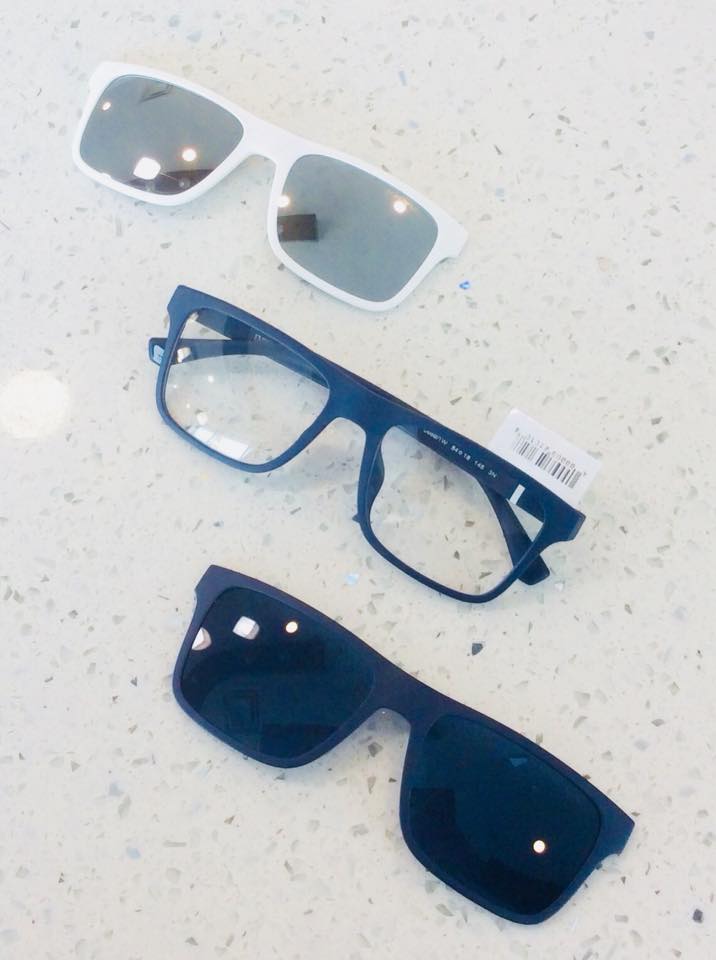
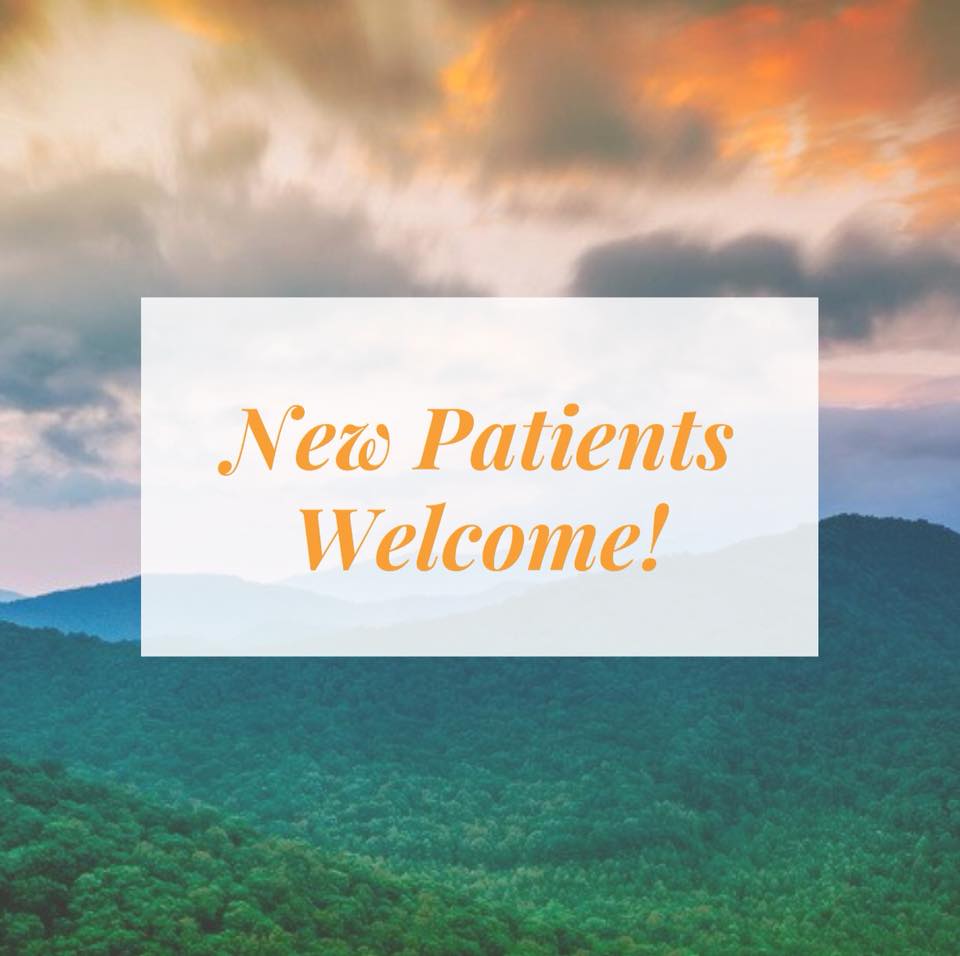
We have Oakley glasses and sunglasses for the active glasses-wearer.
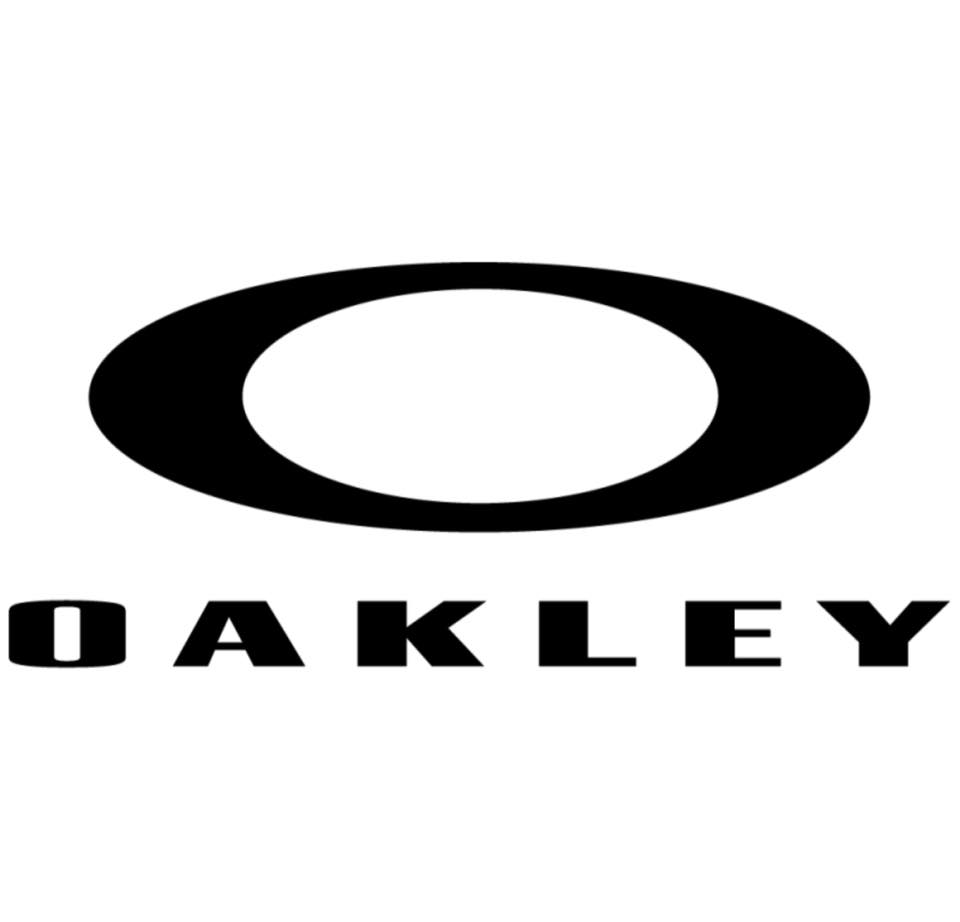
Call us to book an eye exam! 587-755-6060
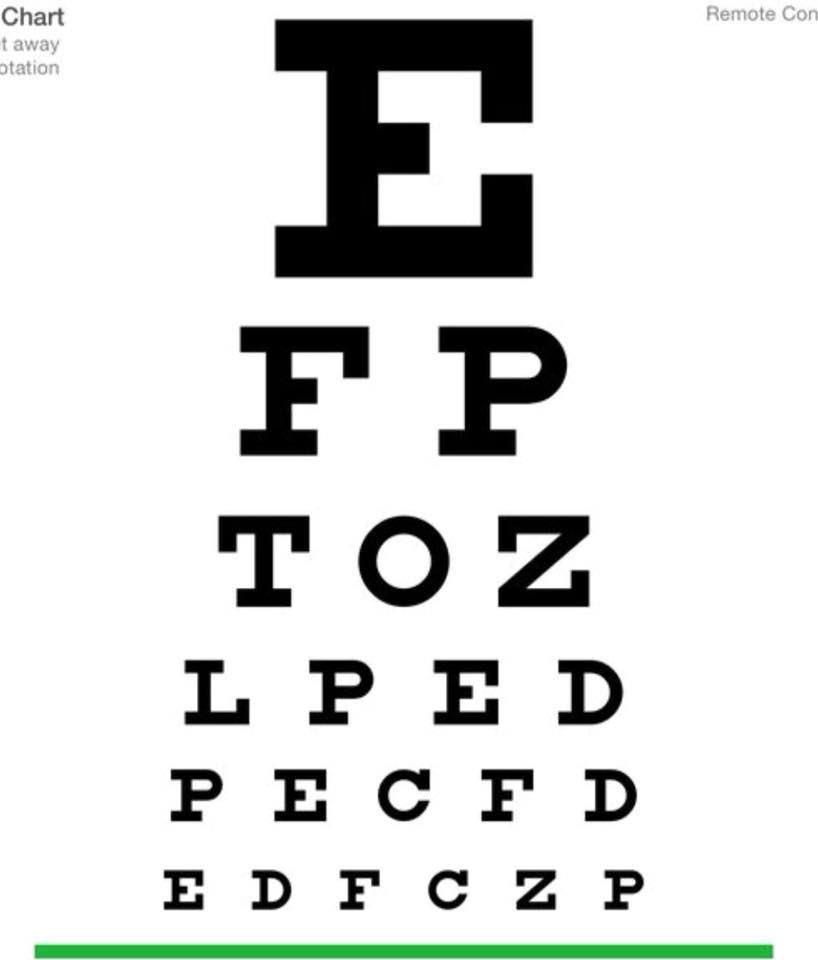

BONUS SALE! We are having an additional sale on some of our designer frames. Add the savings to our current promotion!
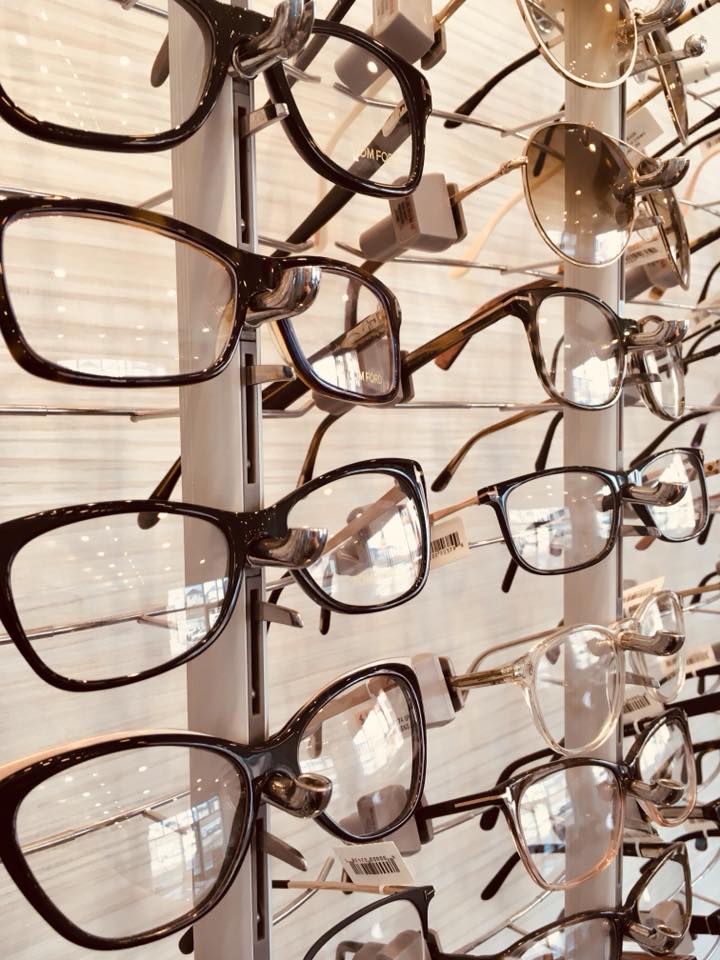
We now offer direct billing for patients with Claim Secure insurance!
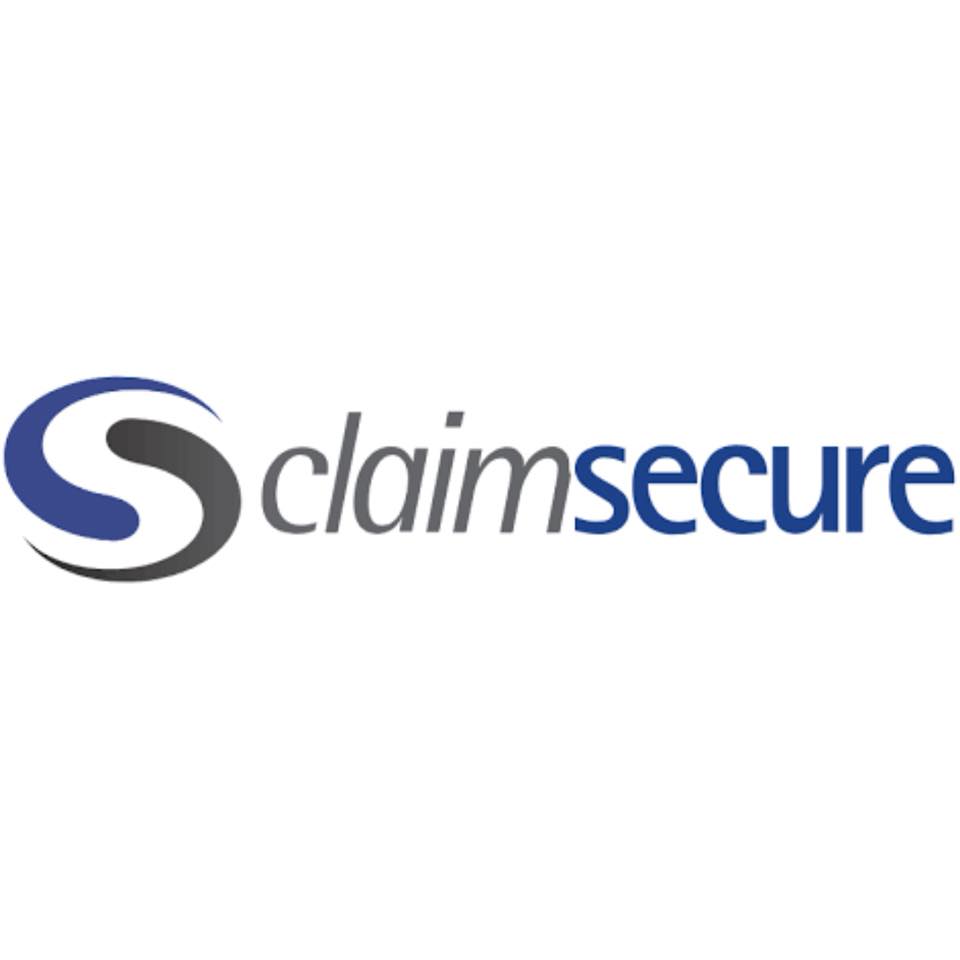
Even if you have great vision, you should see an eye doctor yearly to check out your eye health. It’s just like getting a checkup for your eyes.

Find frames that suit your style.
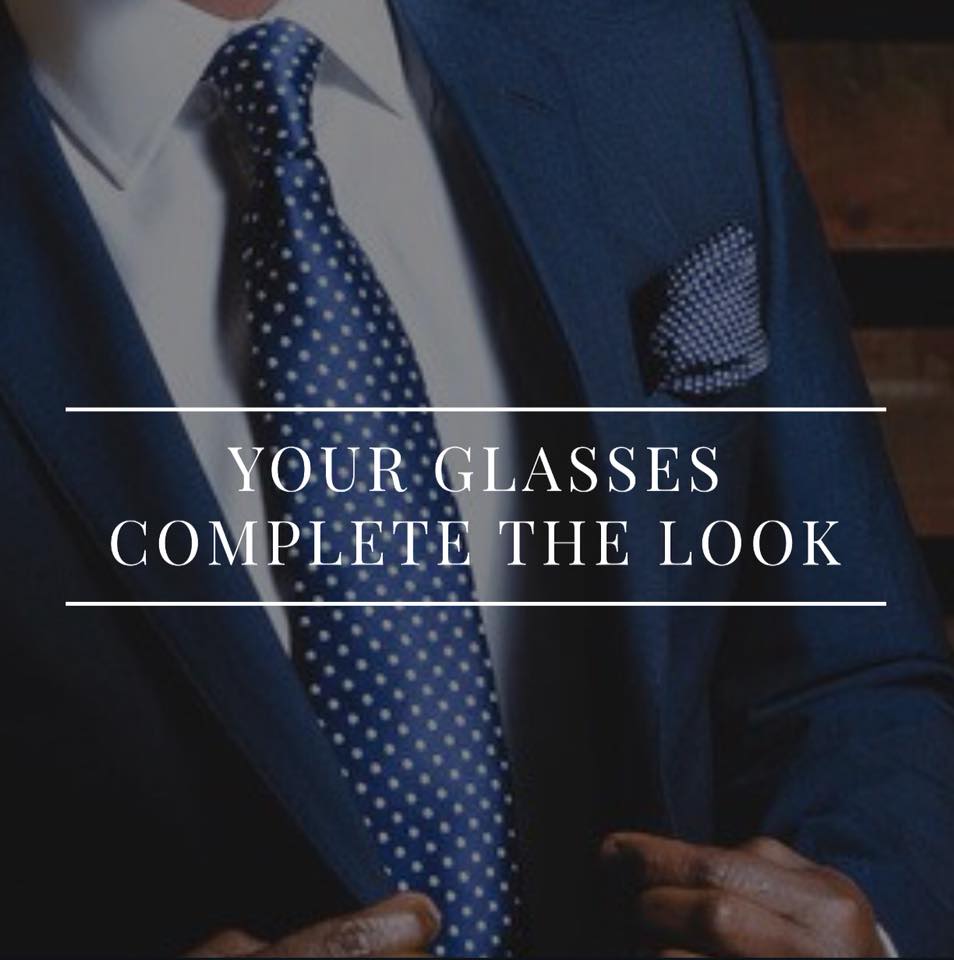
Our staff pick of the day is this sleek pair of Oakley sunglasses!
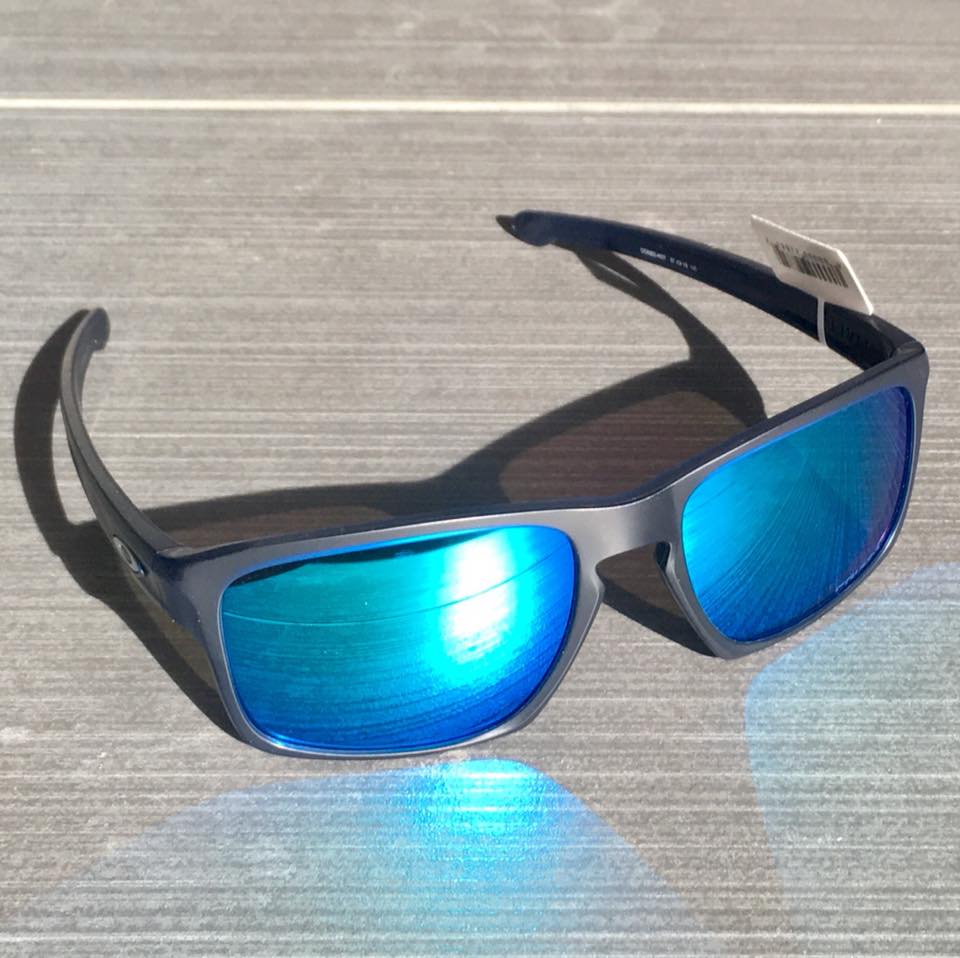
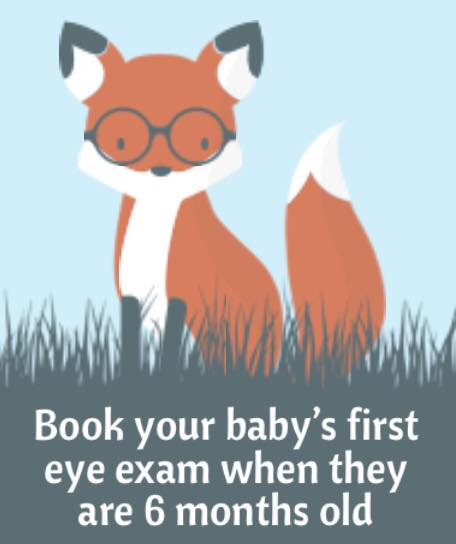

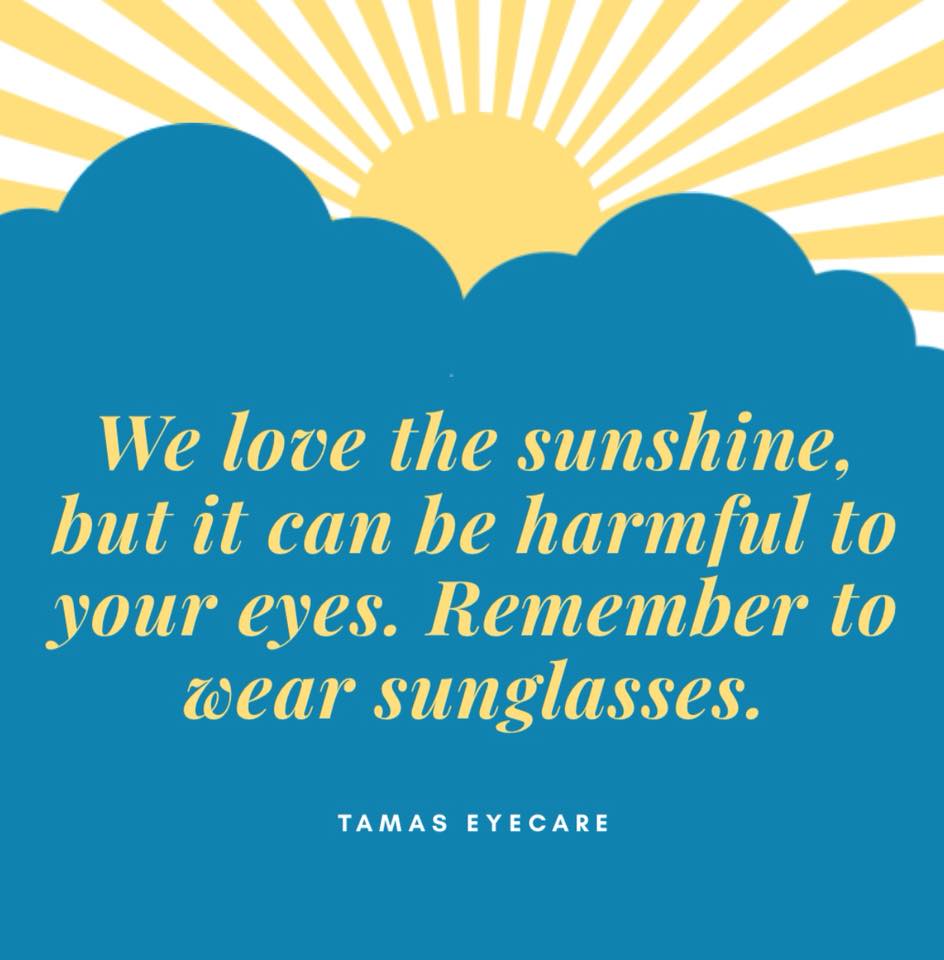
If your prescription changes but you still love your current frames, we will put your new prescription lenses into your frames!
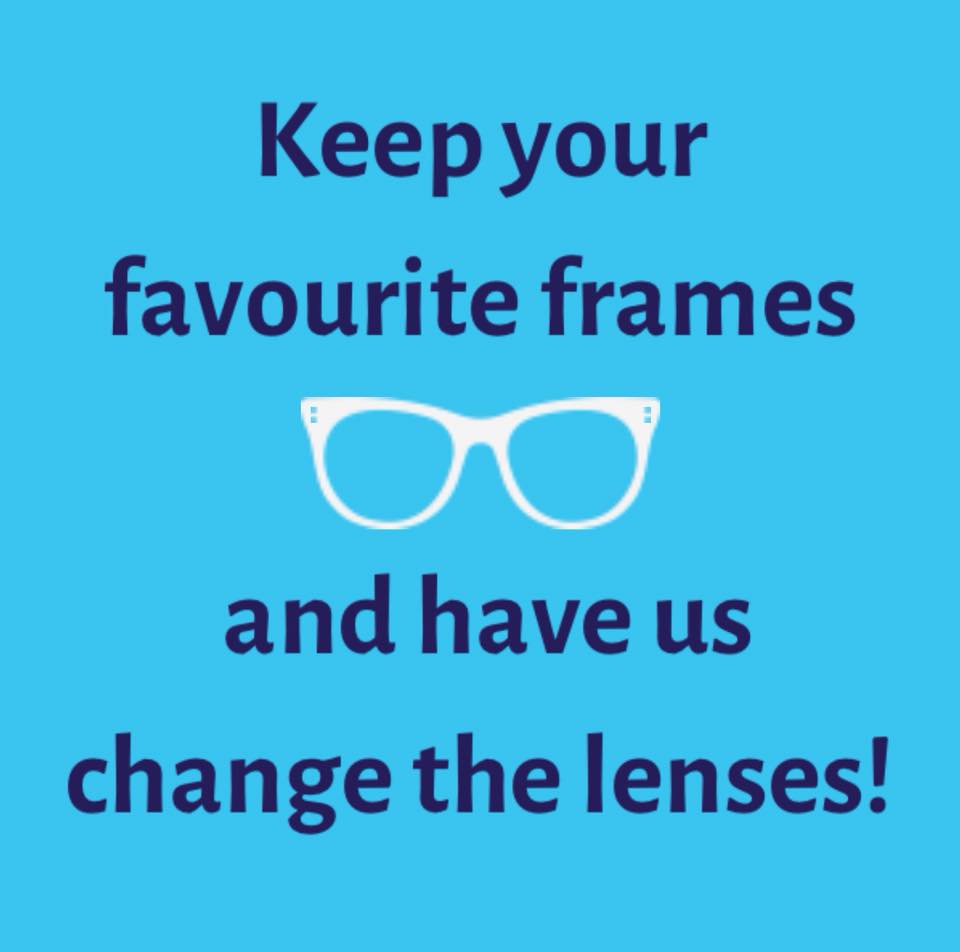

We just received a bunch of new Calvin Klein frames!
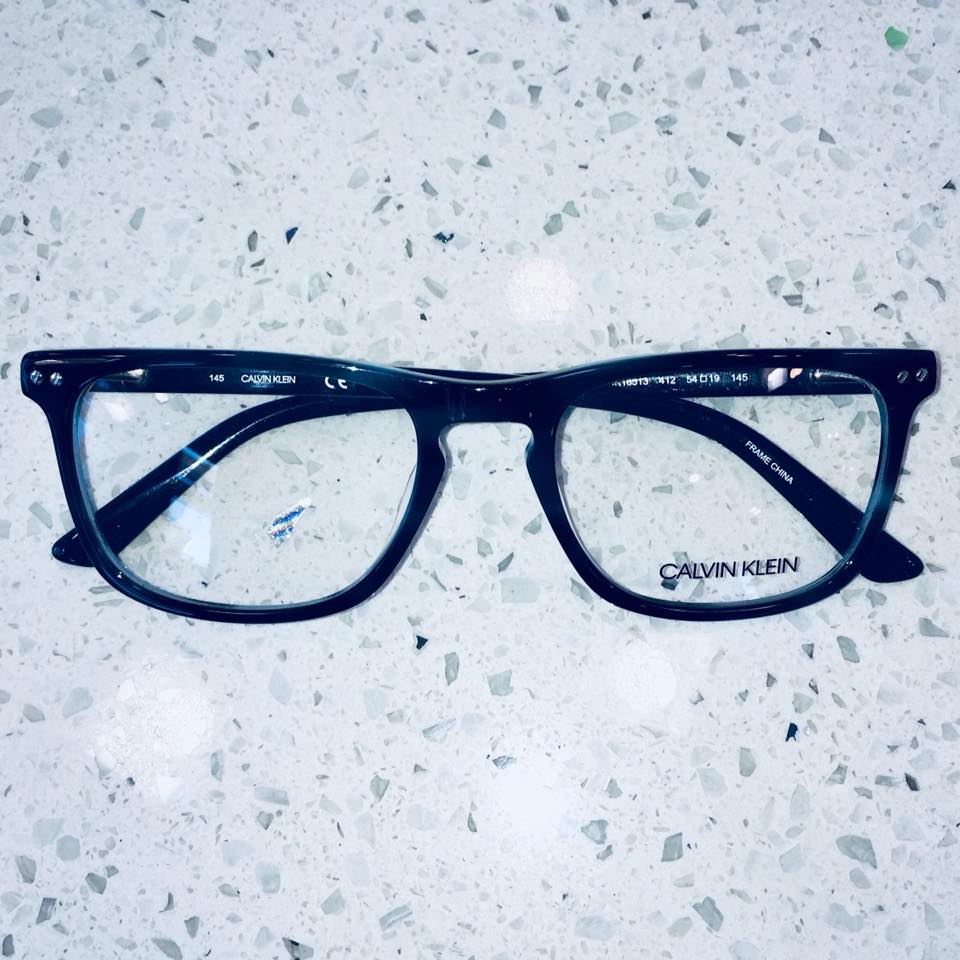
Our staff pick today is this fun pair of aviators by Michael Kors!
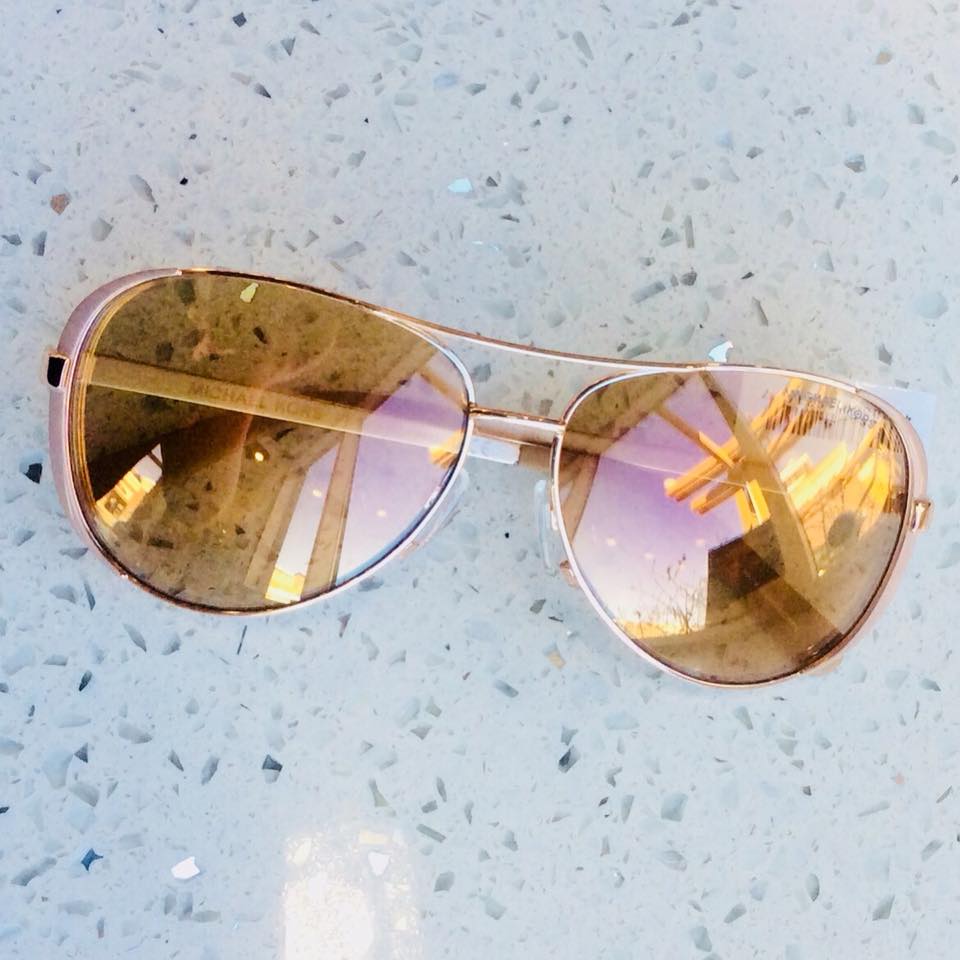
Ask us about weekend availability.
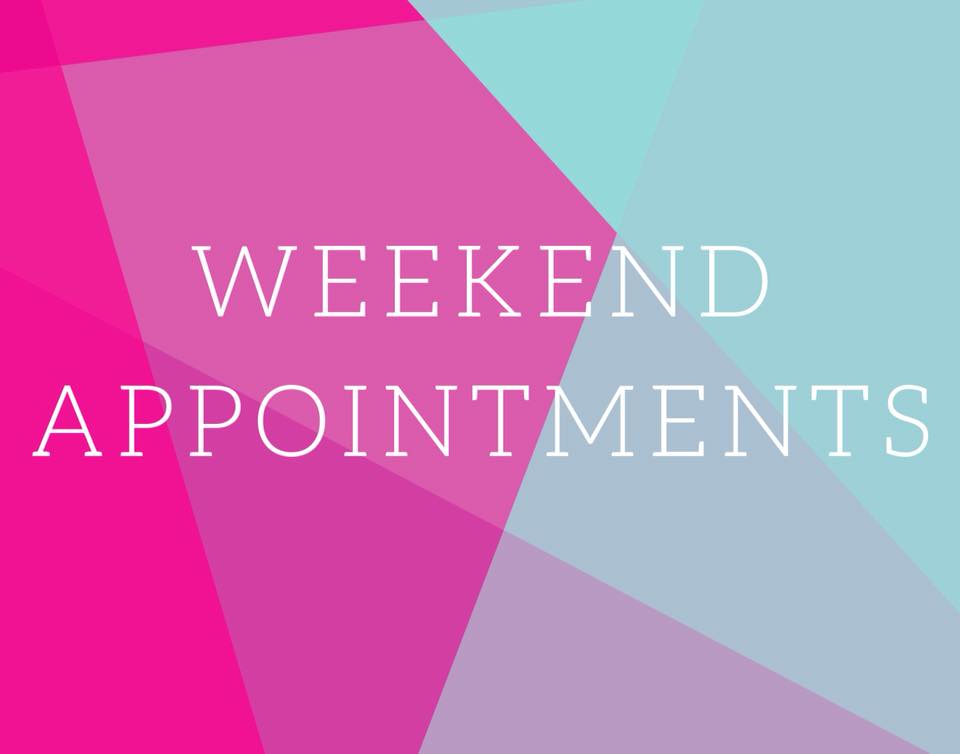


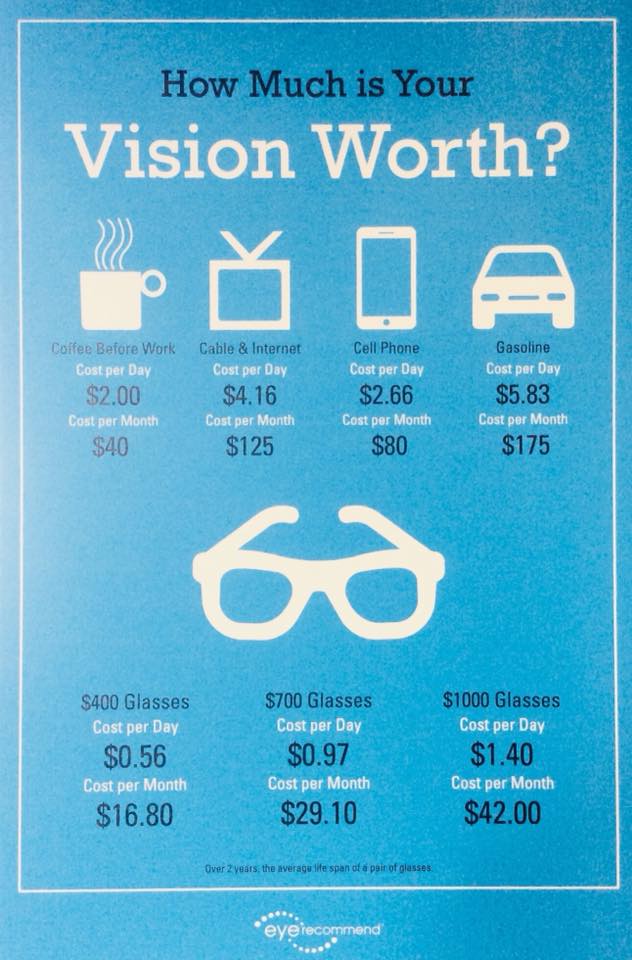
We are now carrying Tommy Hilfiger!
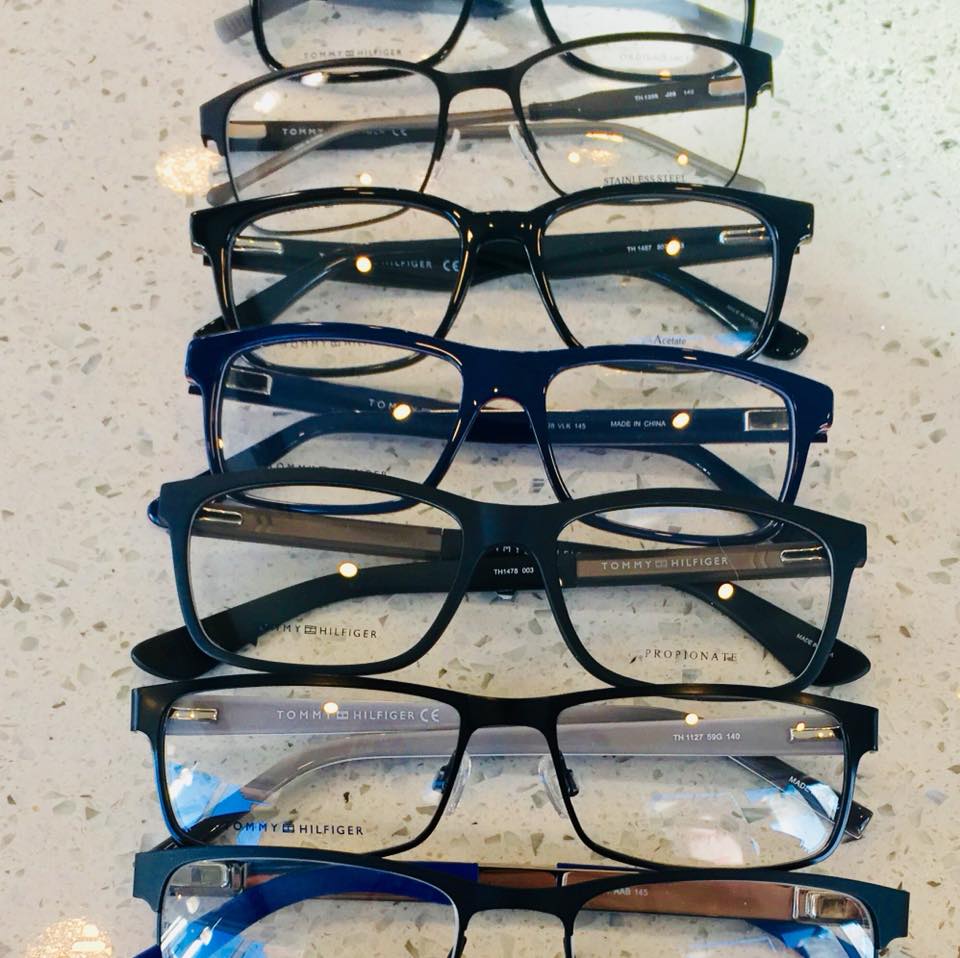

Dr. Tamas is great at teaching you about your eye health when you come in for your yearly eye exam.
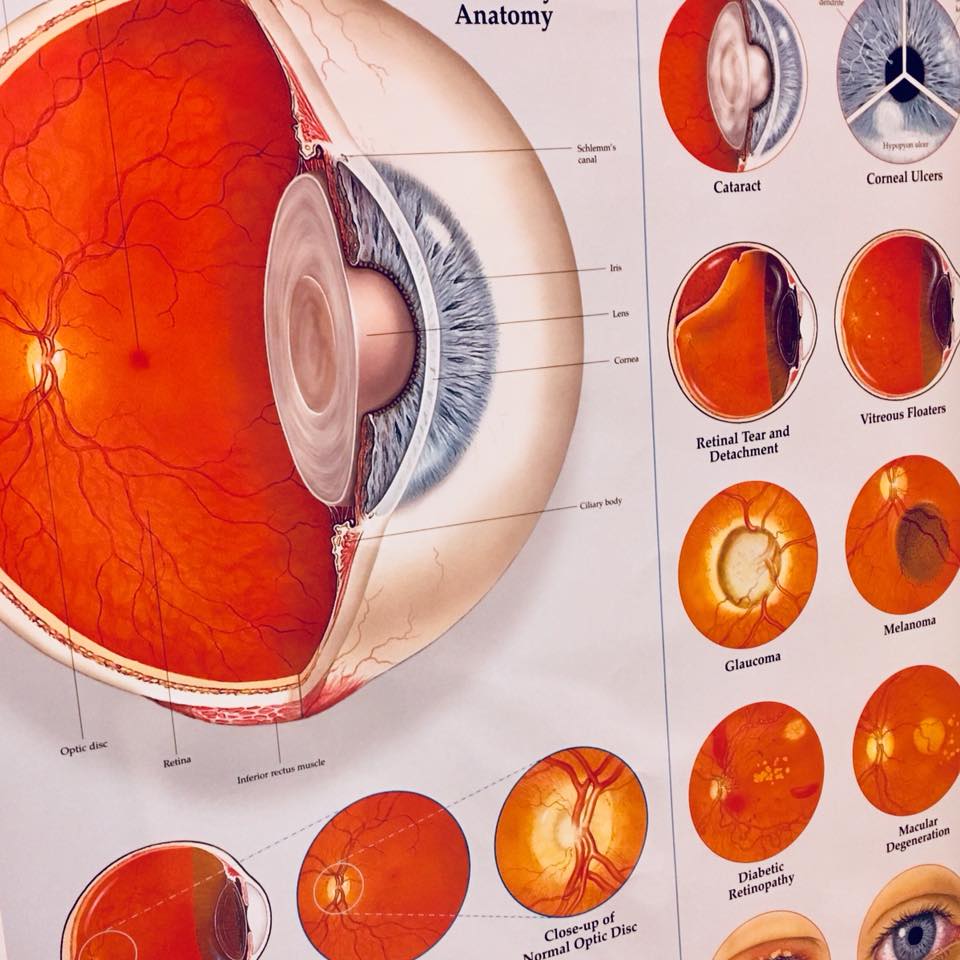
Whether it means getting them checked by an optometrist or just getting some new glasses, show your eyes some love this February!
We are dreaming of summer with our staff pick of the day!
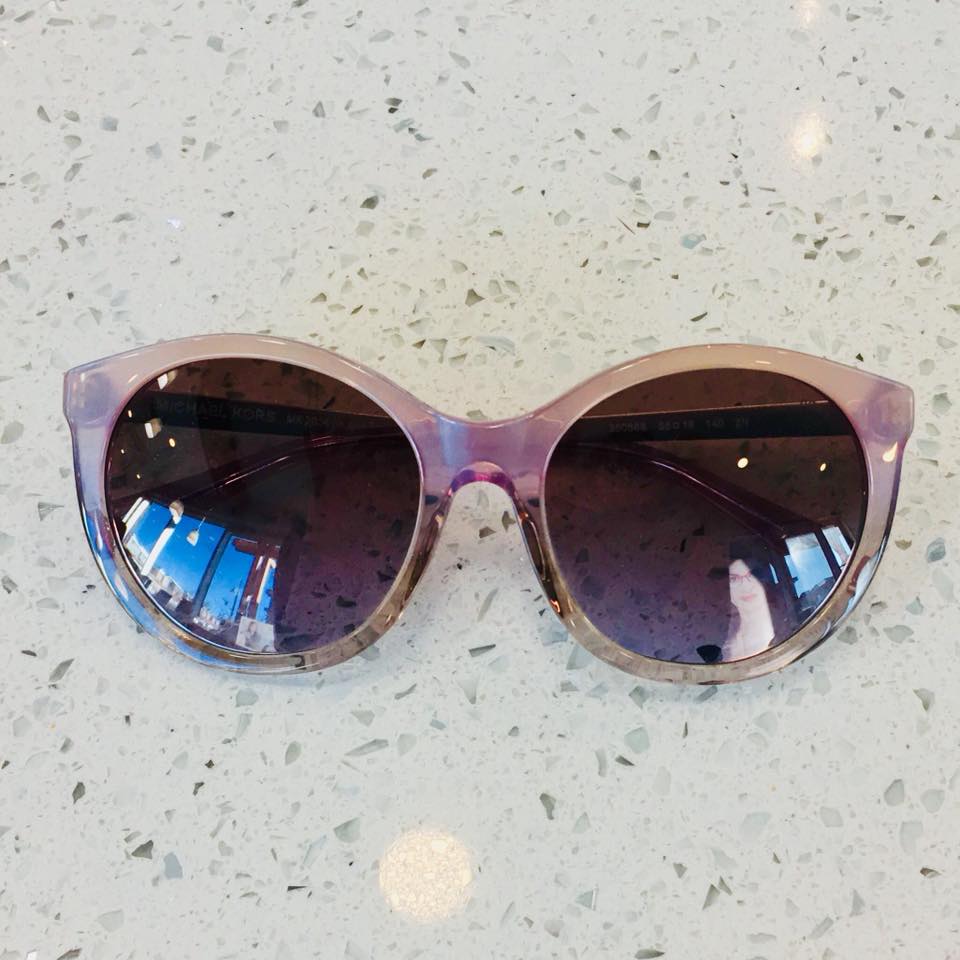
Find a pair of glasses that you love. They are a part of your outfit every day!
